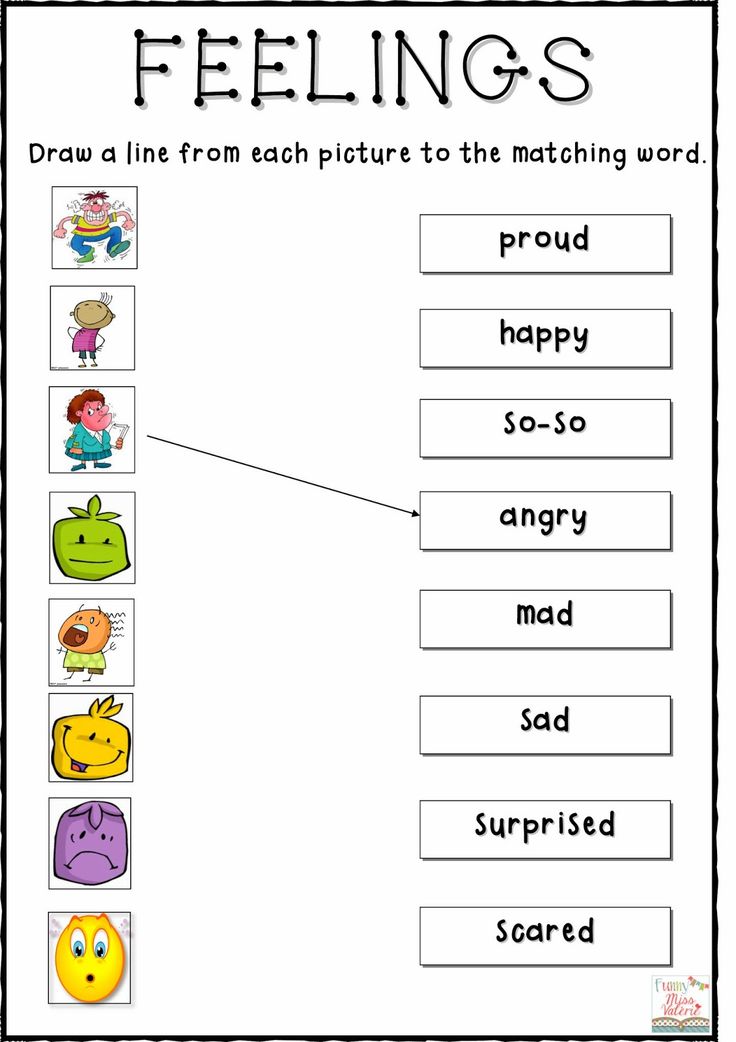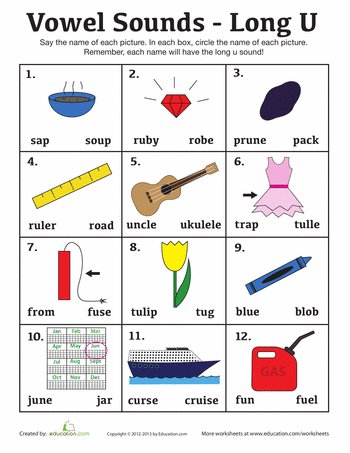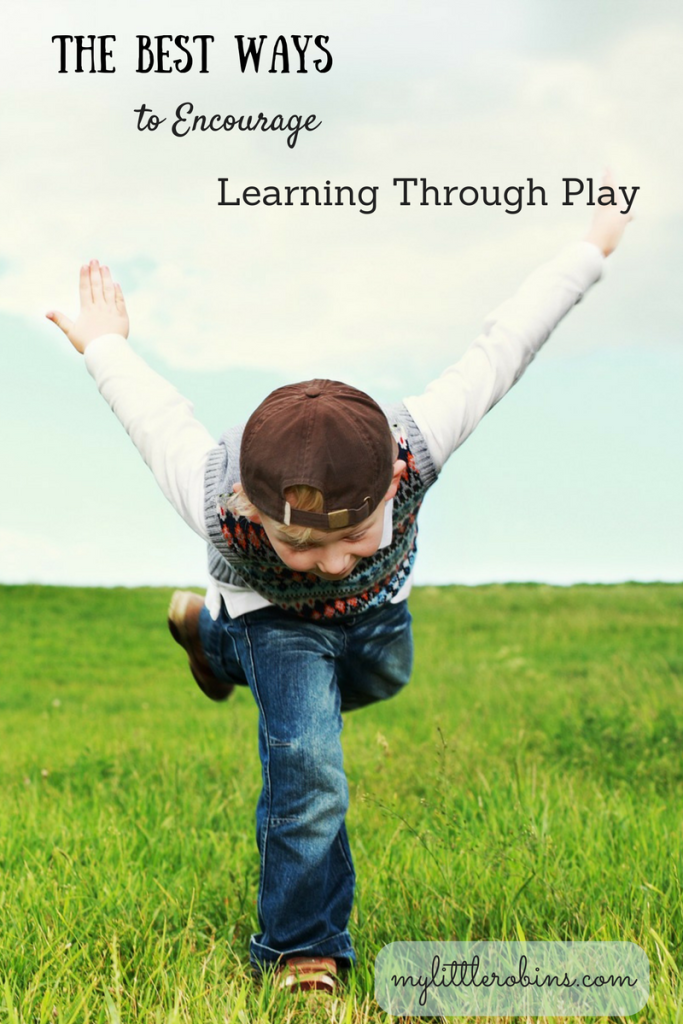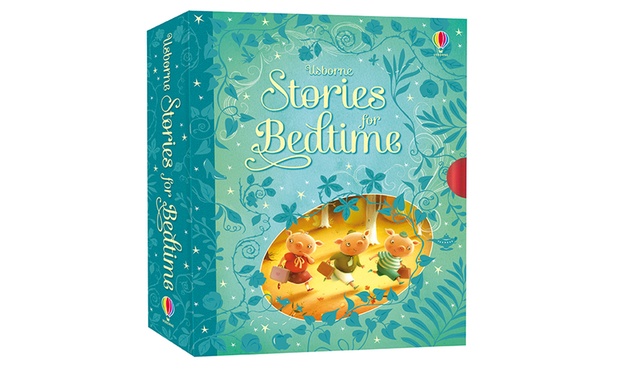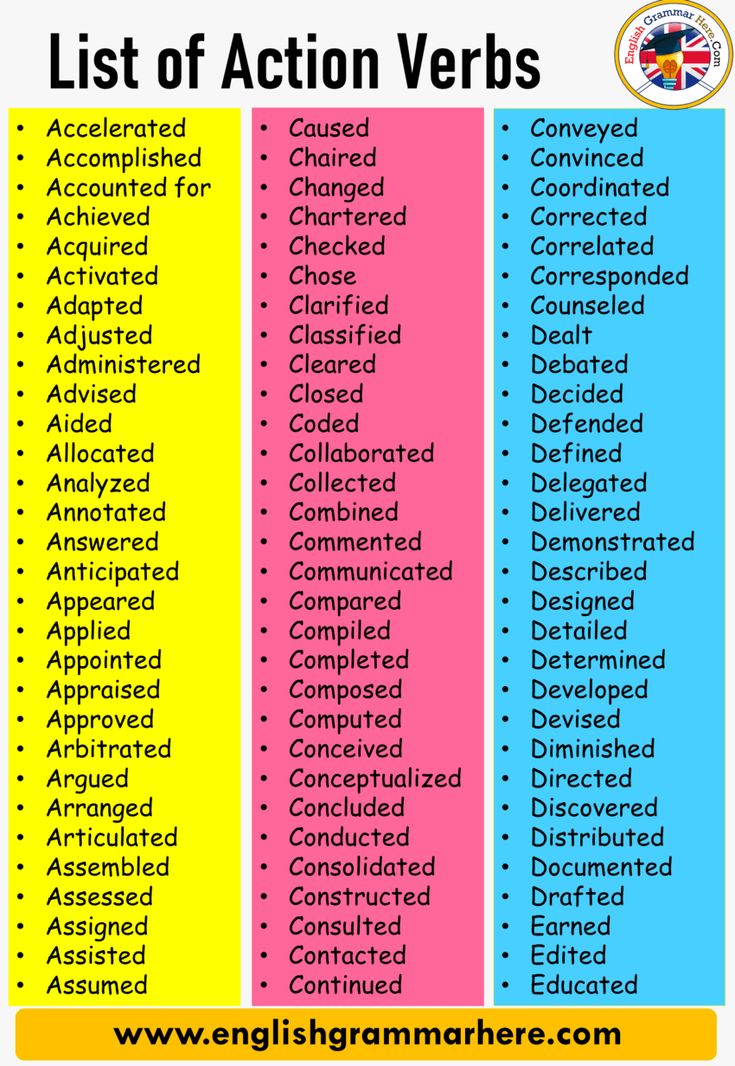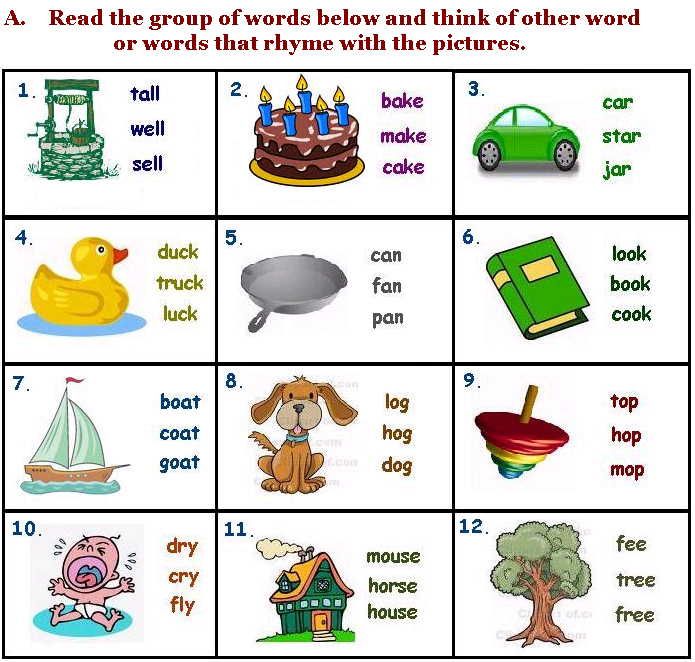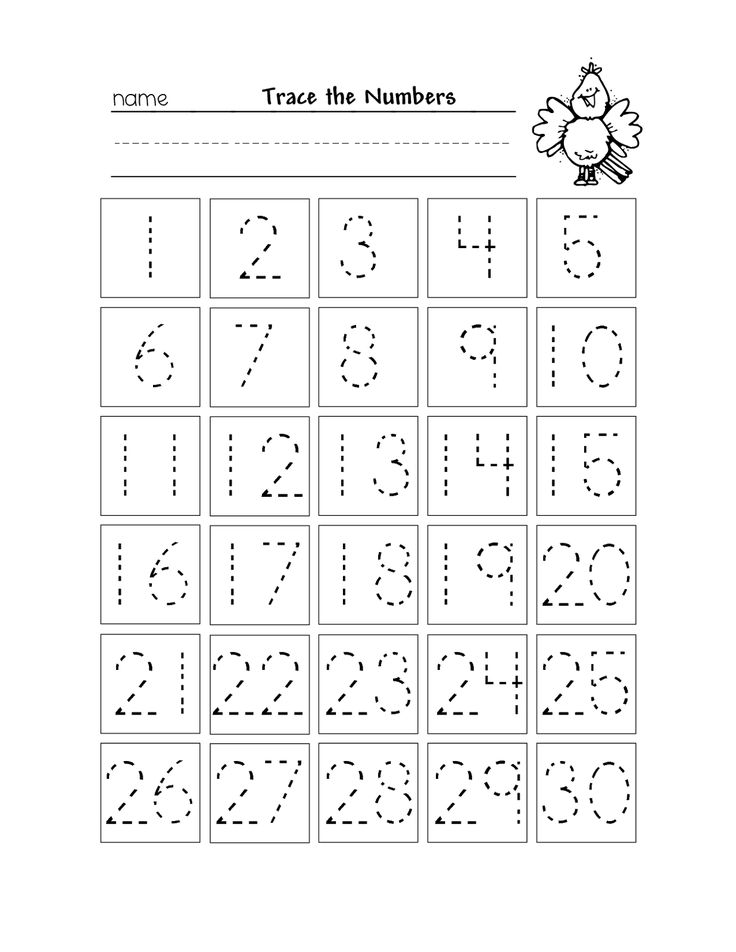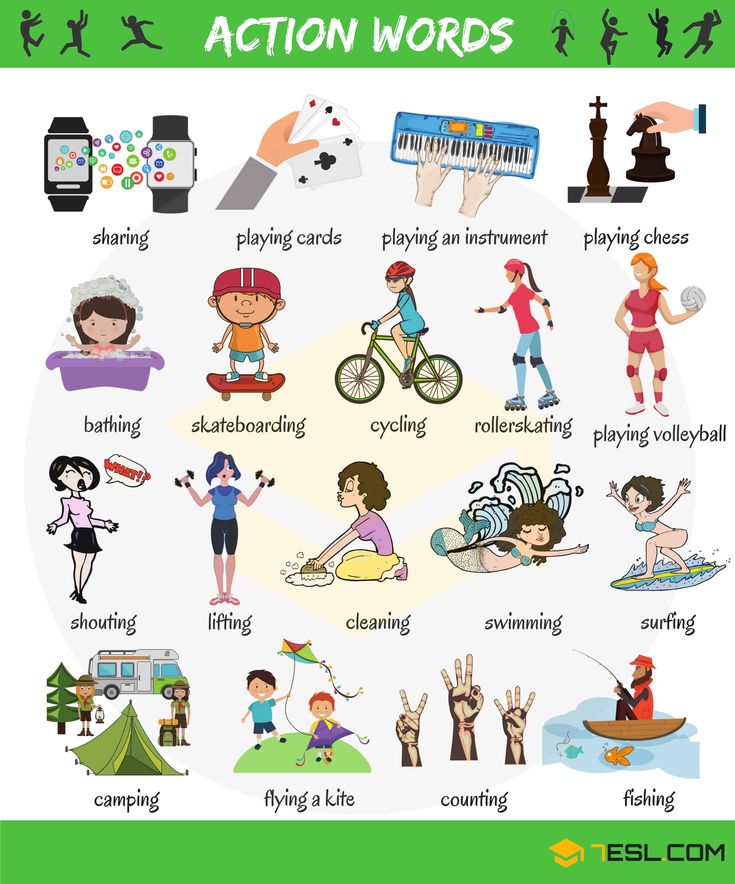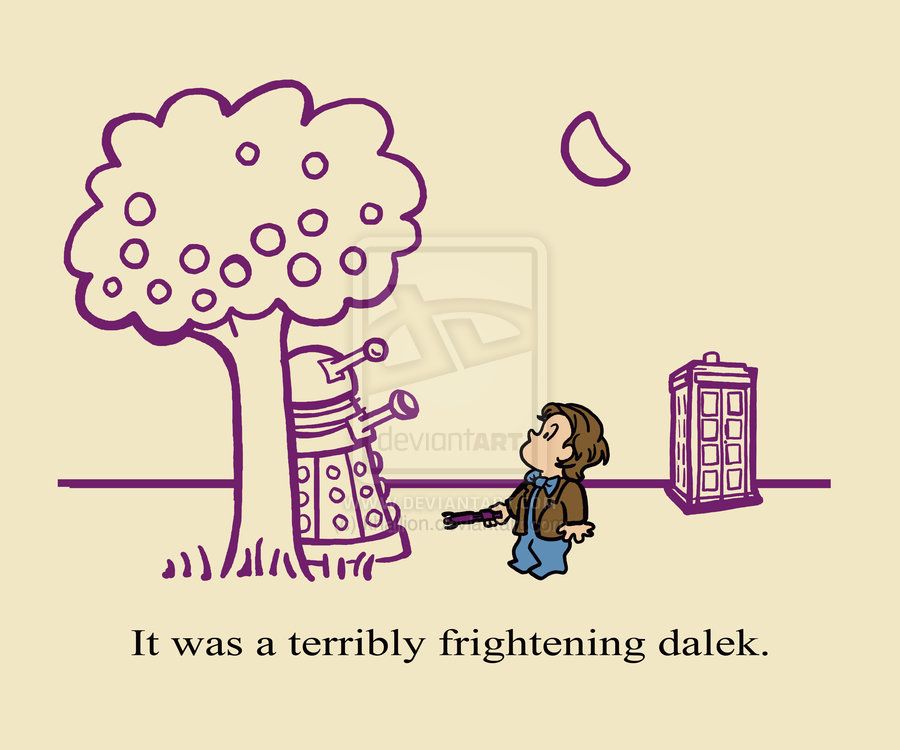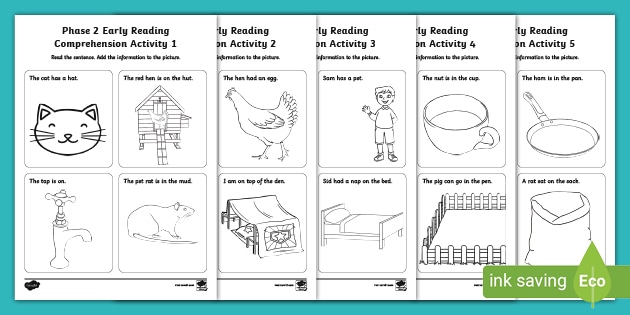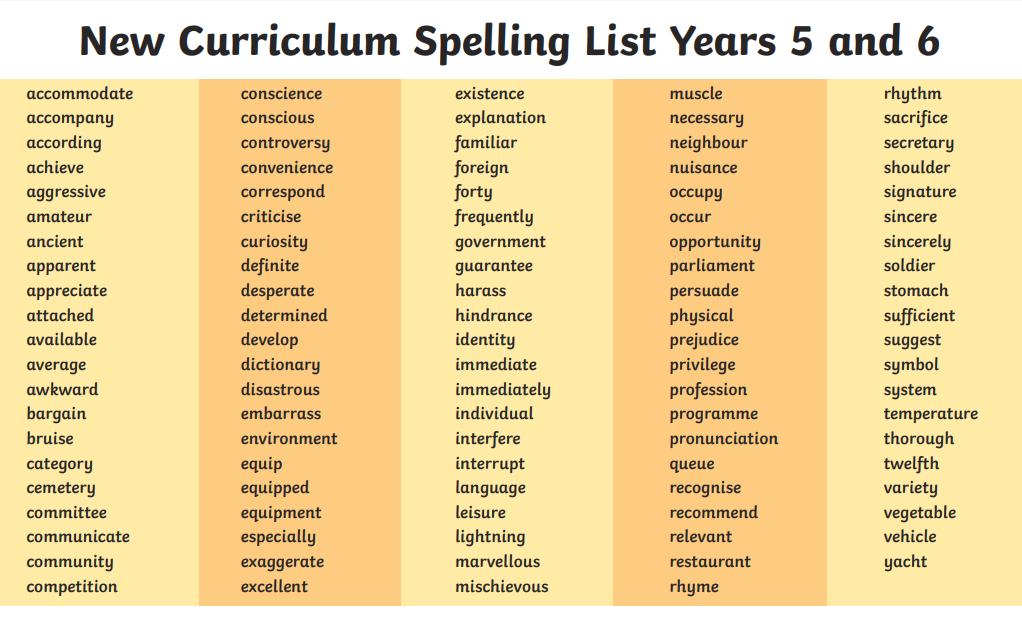Activities with words
48 Fun Sight Word Activities That Work
Teachers are always on the hunt for great sight word activities. Sight words are any words readers recognize automatically “by sight”—for fluent readers, that’s almost all words! High-frequency words, the most commonly occurring words in written English like those on the Dolch list, are often thought of as the most crucial sight words.
It’s a myth that blindly memorizing every letter in a sight word is the only way to learn it. The science of reading tells us that linking sounds and letters is the most effective way for kids’ brains to learn any word. Many common words are easy to tackle using beginning phonics skills (like “at,” “can,” “him,” etc.), so staying true to a strong phonics curriculum is one way to support kids’ sight word learning. Even irregularly spelled words have decodable parts, e.g., kids can use the sounds of “s” and “d” to help with “said,” even if the “ai” is unexpected. Experts often call these words “heart words” to call out for kids that they should learn the unexpected word parts “by heart.
” (If all this is unfamiliar to you, it can feel overwhelming, but you’ve got this! Check out teaching guru Jillian Starr’s explanation for more help.)
Check out these low-prep and engaging sight word activities for both teaching and practicing words.
1. Map it and drive it
This is a genius way to introduce words with appealing materials: Say the word, represent each sound with a LEGO brick, write letters for each sound, and “drive” to read it.
Source: @droppinknowledgewithheidi
2. Smush play dough for each sound
Set up a routine that works for any word. Play dough squishing for each sound is the ultimate multi-sensory component.
Source: @playdough3plato
3. Map words with a magnet wand
It is so super-satisfying to drag those magnetic dots around! Watch the video below for lots of tips on introducing a word using this process.
Source: @warriorsforliteracy
4. Make a mini book
Lots of handy info in one place for your little learners.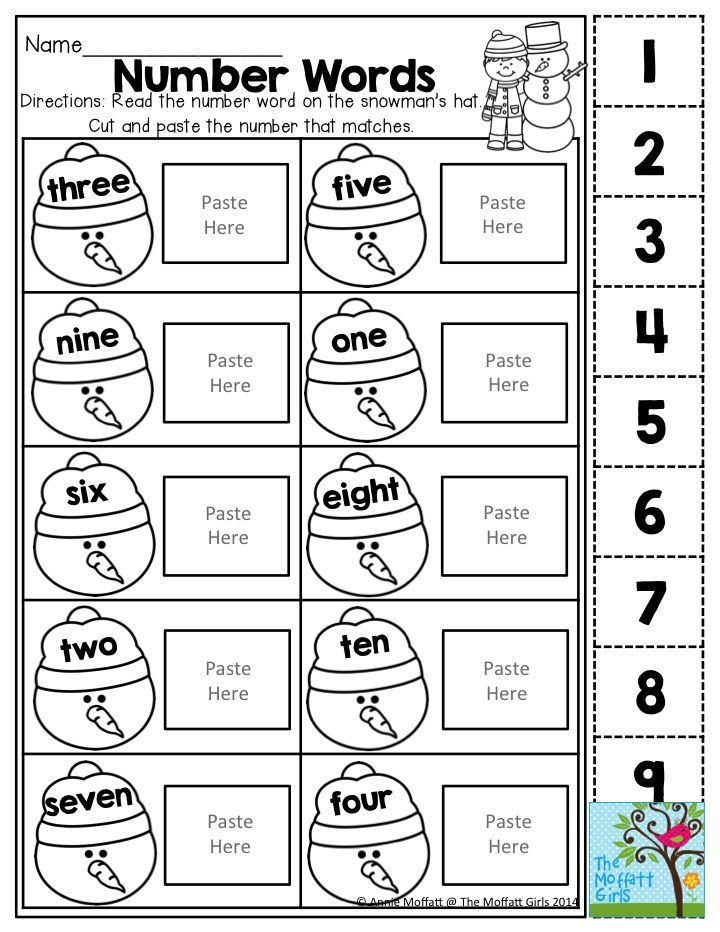
Source: @hughesheartforfirst
5. Tap it, pop it, learn it!
Hardwire those words in kids’ brains with this comprehensive word intro routine. (You had us with the pop its!)
Source: @hellojenjones
6. Find and swat words
An oldie but such a goodie. Find a word in an array and WHACK! Swat it with a fly swatter!
Source: @kids_play_learn_laugh
7. Flip word pancakes
Serve up sight word pancakes while practicing spelling them aloud.
Source: @bee_happy_teaching
8. Wear heart word bracelets
Make kids feel like sight word VIPs.
Source: @teachingmoore
9. Search for sight word balls
Write sight words on ball pit balls with a chalk marker or dry-erase marker. Kids can race around hunting for balls to read and toss in a basket, or hunt through a big tub of balls for a certain word.
Source: @preschoolforyou
10. Start a sight word band
Loud but oh-so-fun! Feel the rhythm while tapping and reading sight words stuck to homemade percussion instruments.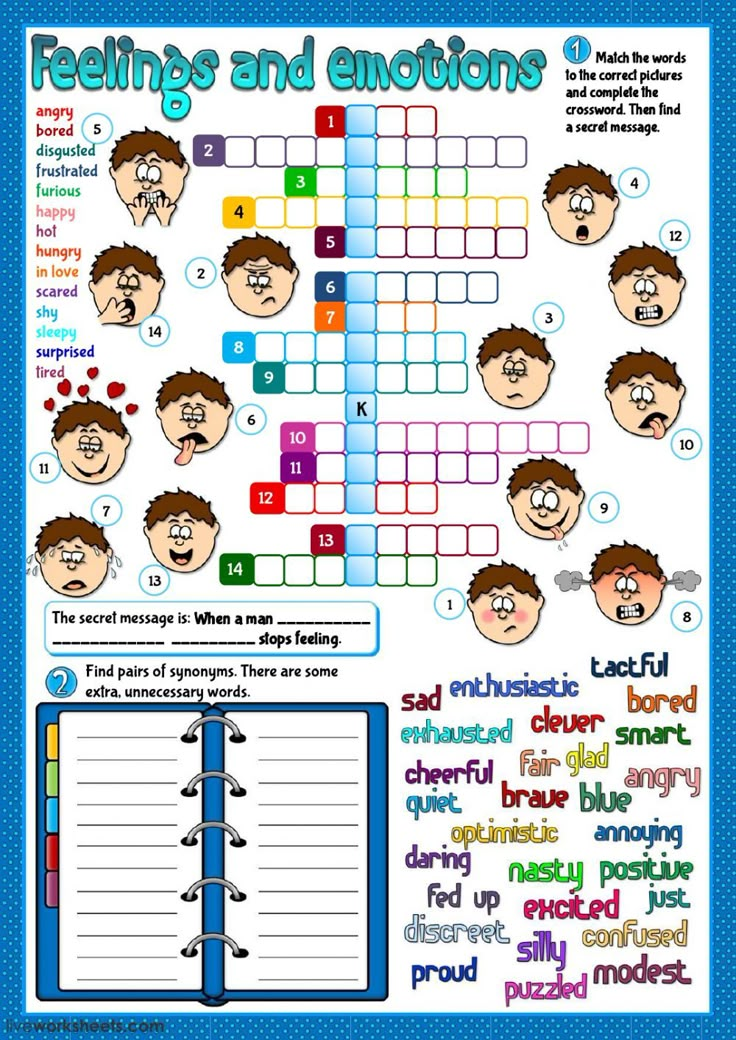
Source: @earlyyears_withmrsg
11. Drive on a sight word path
This is one of many fun ways to use magnetic tiles for learning! Kids love “knocking down” word tiles with a toy car as they read each one.
Source: @travisntyler
12. Use sticky notes to inspire sight word sentences
Have kids stick words on items that give them ideas for sentences. “My Mom said to wear a helmet!” = so good!
Source: @kinneypodlearning
13. Write words on a sensory bag
So easy: Fill a zip-top bag with a small amount of kid-safe paint, seal well, and have kids practice “writing” sight words with their finger or a cotton swab.
Source: @makeitmultisensory
14. Wear a sight word crown
Wear your word proudly and practice reading others’ words. Fun in person or virtually.
Source: @mrsjonescreationstation
15. Play a magnetic-tile board game
We love new ideas for ways to use magnetic tiles for sight word activities.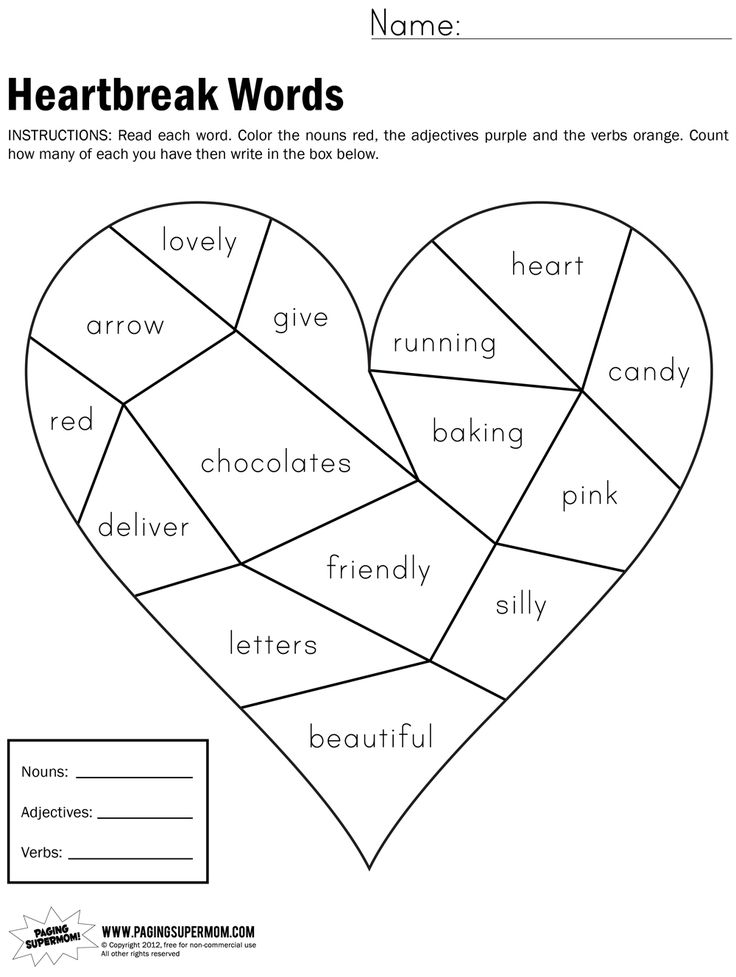 Easy to set up and fun to play.
Easy to set up and fun to play.
Source: @twotolove_bairantwins
16. Spell words to a familiar tune
Get sight words stuck in everyone’s head, in a good way. We’d add a line for chanting the sounds in the word!
Source: @saysbre
17. Feed a word monster
Nom, nom, nom.
Source: @ecplayandlearn
18. Search for the pom-pom under sight word cups
Read all the words as you try to find the cup that hides the prize.
Source: @la.la.learning
19. Play sight word KABOOM
This classroom classic is perfect for sight words. If you need a refresher on the rules, Jillian Starr covers them.
Source: @essentiallykinder
20. Roll and write words
Roll, write, repeat.
Source: @mylittlepandamonium
21. Write words with rainbow colors
Bonus points for aromatic markers.
Source: @mylittlepandamonium
22. Trace words with flashlights
Stock up on batteries because kids never get tired of this!
Source: @giggleswithgerg
23.
 Find words in plastic eggs
Find words in plastic eggsGive kids a checklist of words to find as they open each egg.
Source: @blooming_tots1
24. Spy words around the classroom
Just add a magnifying glass and clipboard to make kids feel like supersleuths!
Source: @readingcorneronline
25. Find words in the morning message
Don’t forget about old standbys! This is one of our favorite ways to get kids to recognize sight words in connected text.
Source: @tales_of_a_kinder_classroom
26. Build words with bricks
Such a great use of extra building bricks!
Source: @raysinkinder
27. Write words in sand
Easy-peasy to set up and keep neat if you use plastic pencil boxes.
Source: @teacherhacks
28. Spell words on a construction site
Bulldozing over each word to read it is the best part!
Source: @planningplaytime
29. Spell words with toy cars
Drive on over!
Source: @lozlovesprep
30.
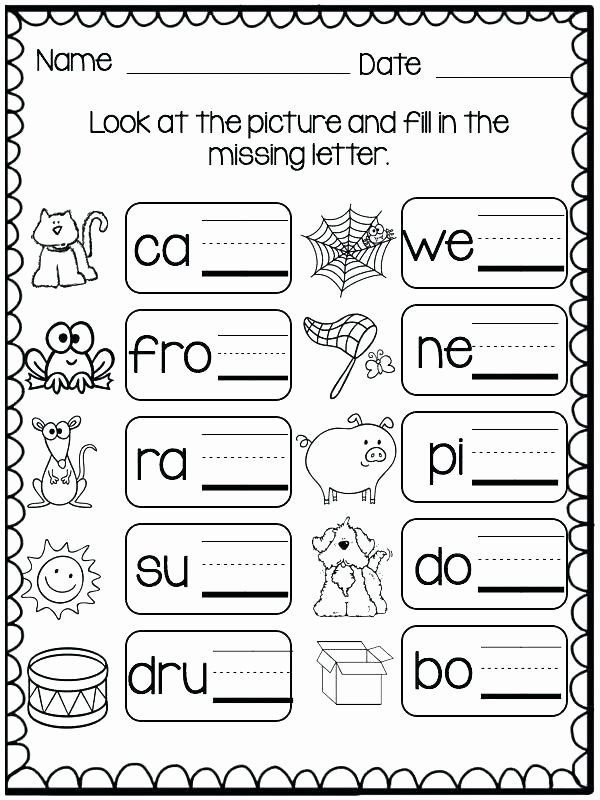 Park in a sight word “parking lot”
Park in a sight word “parking lot”This one is easy to modify based on whatever toys are available in the classroom or at home.
Source: @msbendersclassroom
31. “Plant” words in play dough
Watch those reading skills grow!
Source: @planningplaytime
32. Build words in a sensory tub
Because spelling is just more fun when your hands are covered in beans!
Source: @coffeeandspitup
33. Write words on a magnetic drawing board
That eraser track makes for a perfect word card holder!
Source: @moffattgirls
34. Or write words on the window!
Everyone wants a turn to write on the window!
Source: @kindergarten_matters
35. Shhh! Discover words written in invisible ink
Write words in white crayon and reveal them with watercolors on top!
Source: @teachstarter
36. Dot-paint words with a cotton swab
Calming and effective.
Source: @sightwordactivities
37.
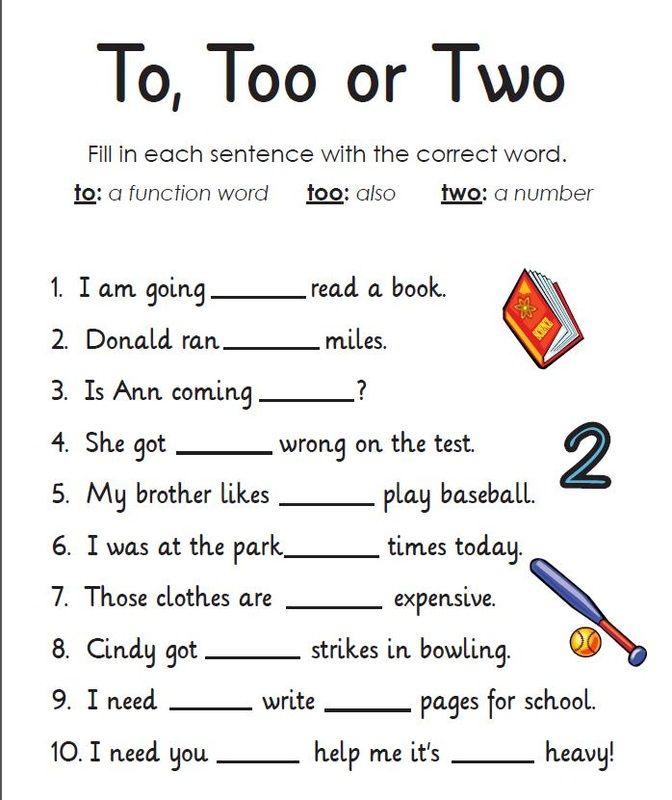 “Type” words on a keyboard
“Type” words on a keyboardBusy day at the sight word office! Use a keyboard cover or any old keyboard.
Source: @lifebetweensummers
38. Read words before heading through the door
The line leader can double as the word pointer during transitions.
Source: @ms.rowekinder
39. Read the word the teacher’s wearing!
Wait, is there something on my shirt?
Source: @theprimarypartner
40. Take a sight word cakewalk
Choose a winning word when the music stops!
Source: @joyfulinkinder
41. Play sight word hopscotch
If you can’t get outdoors, tape on the floor works just as well.
Source: @wheretheliteracygrows
42. Play tic-tac-toe
I’ll be team “the.”
Source: @create_n_teach
43. Go sight word bowling
No bowling pins? Use half-filled plastic water bottles instead.
Source: @thecreativeteacher_
44. Ready, aim, read
Just throw a beanbag at a word target if foam darts are a no-go.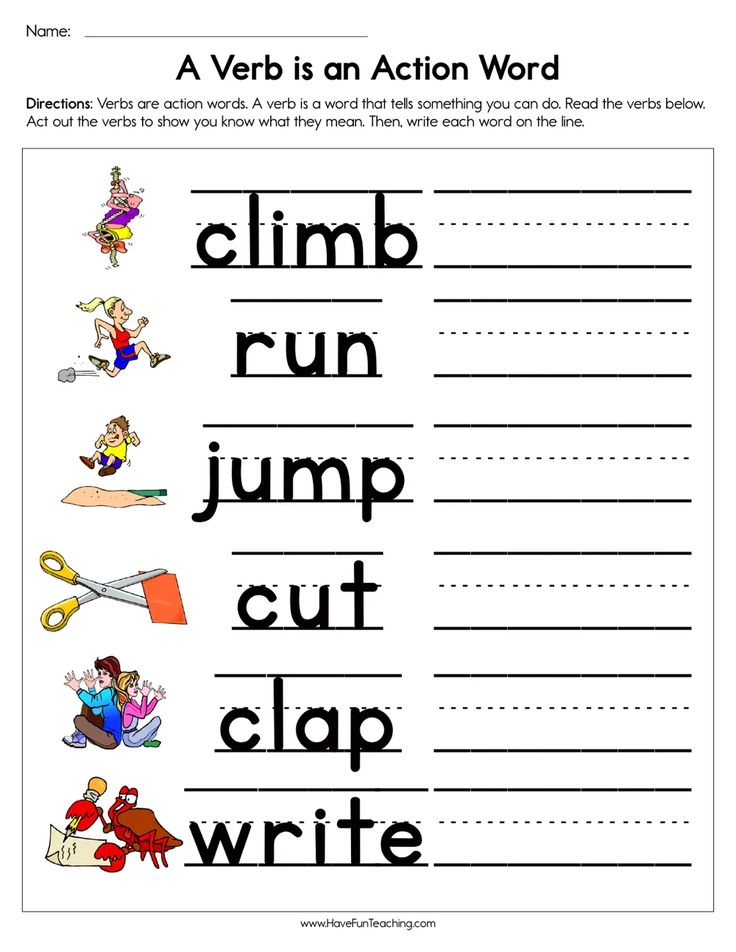
Source: @laurens_lil_learners
45. Play muffin tin ball toss
Toss and read. It’s easy to use colored muffin cups to prep different sets of words.
Source: @homeschooling_fun_with_lynda
46. DIY sentence flash cards
Authentic use of words in context for the win.
Source: @teachertipsandtales
47. Play sight word checkers
King me! If kids don’t have a partner available, they can “play” with a stuffed animal and get double practice.
Source: @sightwordactivities
48. Play sight word Guess Who?
Set up this game once and use it forever.
Source: @lessons_and_lattes
We’d love to hear—what are your favorite sight word activities? Share in the comments below.
Want more articles like this? Be sure to sign up for our newsletters.
Plus, what are sight words?
25 low-prep sight word activities
PSPKK123February 9, 2017 • 29 Comments
This post contains affiliate links.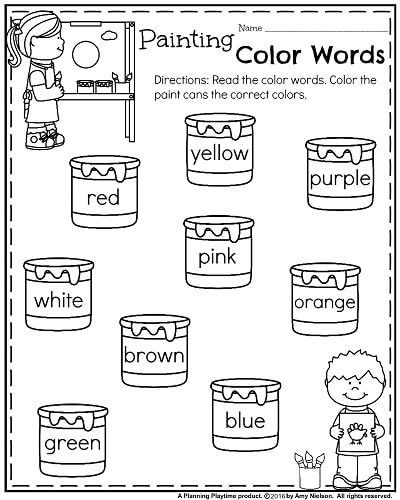 As an Amazon Associate I earn from qualifying purchases.
As an Amazon Associate I earn from qualifying purchases.
Sharing is caring!
Today I’m sharing some simple sight word activities that you can prepare in minutes!
(This post contains affiliate links.)
So what are sight words, anyway?
Some people will tell you that sight words are words that kids can’t sound out; they just have to learn them by sight. Others tell you that sight words are the high frequency words: the words that kids encounter the most when they read.
But researchers tell us that sight words are words we recognize automatically without needing to sound out or guess.
The real question is … how can we turn high frequency words INTO sight words?
The number one thing to do is to teach each word explicitly. That’s why I created my set of sight word lessons with decodable books.
Once you’ve taught the words with attention to the spelling patterns (these sight word worksheets are also great for this), you’re ready for these low prep sight word activities that you can put together in under 15 minutes!
Low prep sight word activities
1- It takes just 5 minutes to set up Sight Word Sticky Note Match.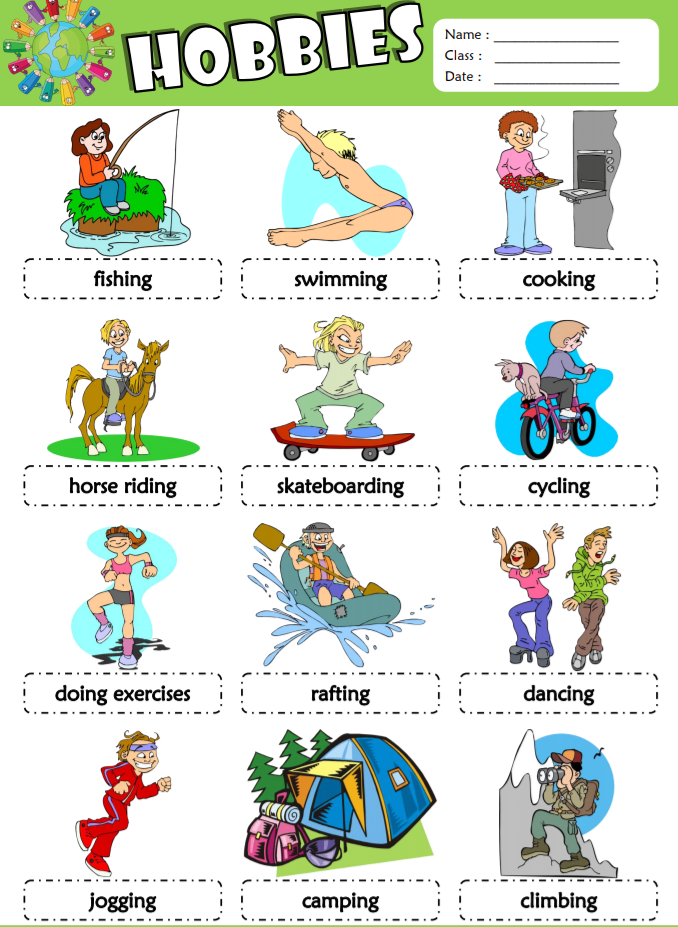 Just write the words on sticky notes and have your child cover the words on a dry erase board!
Just write the words on sticky notes and have your child cover the words on a dry erase board!
2 – Grab your alphabet stamps and some play dough for this simple sight word activity.
3 – Write the words on sticky notes. Then have your child write them in sand.
4 – Teach sight word songs. We are big fans of the collection of the sight word DVD’s and CD’s from Heidisongs. Listen to them as you’re driving to school or during transitions in the classroom.
THE BEST SIGHT WORD WORKSHEETS
Sight Word Worksheets – Based on the science of reading!
$15.00
Just say no to busywork! These high frequency word worksheets are the real deal. They’ll help your students connect the sounds to the letters and finally master those sight words!
Buy Now
5 – Write the words on sticky notes. Then have your child swat each sight word with a fly swatter as you name it!
6 –Do fun actions with your sight words with This Reading Mama’s free action cards.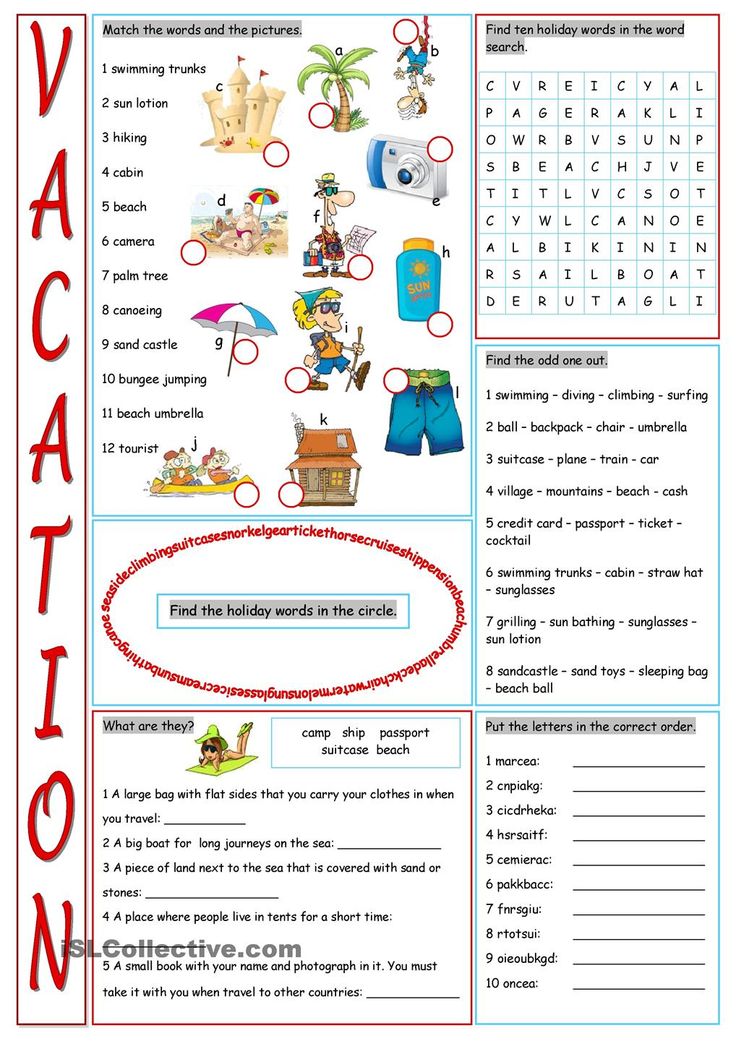
7 – Write sight words in play dough with a stick or wooden skewer.
8 – Try chanting sight words in a variety of different ways – like a robot, a cheerleader, and more! You can get free sight word chants on TPT here.
HANDS-ON PRACTICE FOR SIGHT WORDS
High Frequency Word Practice Mats – 240 words!
$24.00
Teachers love our practice mats because they’re low-prep and effective. Kids love them because they’re engaging and hands-on!
Buy Now
9 – Make a sight word memory game. Just write each sight word on two different index cards. Then turn the cards over and invite your child to find the matches.
10 – Print these free sight word cards and build the words with letter tiles. When you join This Reading Mama’s free email list, you’ll get lots of free sight word cards! Learn more here.
11- Learning is always more fun with dice! Grab these free rainbow roll & write pages for a variety of sight words.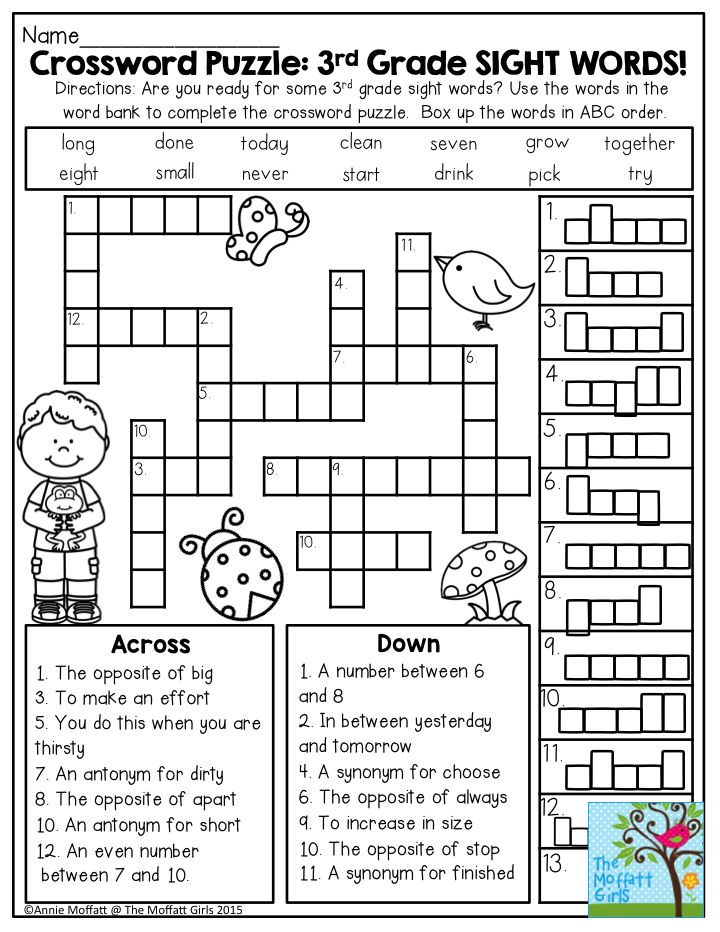 Kids roll a die, check the key at the top of the page, and write the word in a particular color.
Kids roll a die, check the key at the top of the page, and write the word in a particular color.
12 – This is such a creative way to practice writing sight words! Find the words with a magnifying glass and write them on the lines. Get the freebie here.
13 – Are you students learning beginning sight words? Print and play sight word blackout.
14 – Simply write your child’s sight words on a piece of paper and have him stamp them with alphabet stamps.
15. Grab the play dough, a sheet protector, and a dry erase marker. Your child can build the word with play dough and write it on the lines below. Get the freebie here.
16 – Grab these free color-by-sight-word pages.
17 – Get some colorful craft sticks and write the words with a permanent marker for some simple sight word puzzles.
18- Sight Word Showdown is both simple and genius! Just grab a stack of index cards and write each word twice.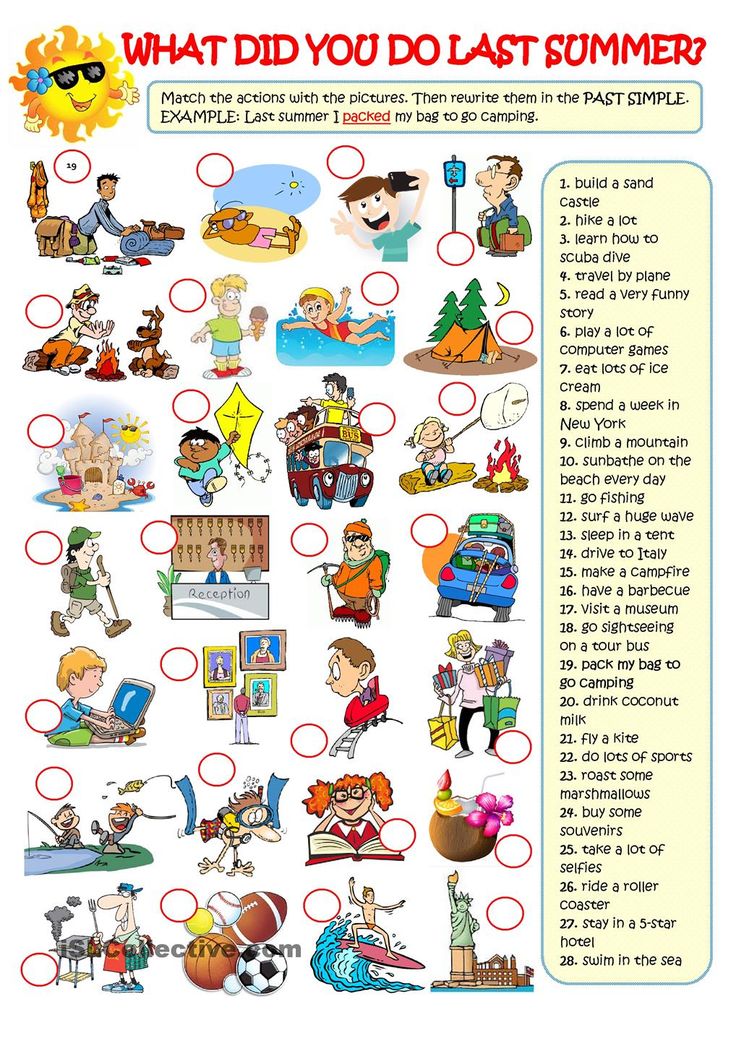 Then follow the directions in this post.
Then follow the directions in this post.
19 – Write sight words in muffin tin liners and play a simple game of Three in a Row.
20 – Bury magnetic letters in a sensory material. Have children dig out the letters to build words.
21 – Make a sight word parking lot. Draw tiny parking spots on a piece of poster board, and write a sight word in each one. As you name the words, have your child park a toy car in each spot. Learn more here.
22- Practice writing sight words using a dry erase marker on a dry erase board.
23- Write sight words on craft sticks and provide some magnetic letters for this portable sight word activity.
24 – Where’s the bear? Write the words on paper cups and hide a small bear or other tiny object. Your child guesses where the bear is hiding by naming the word on the cup.
25 – Go on a simple sight word hunt by matching the sticky note sight words to the words on a clip board.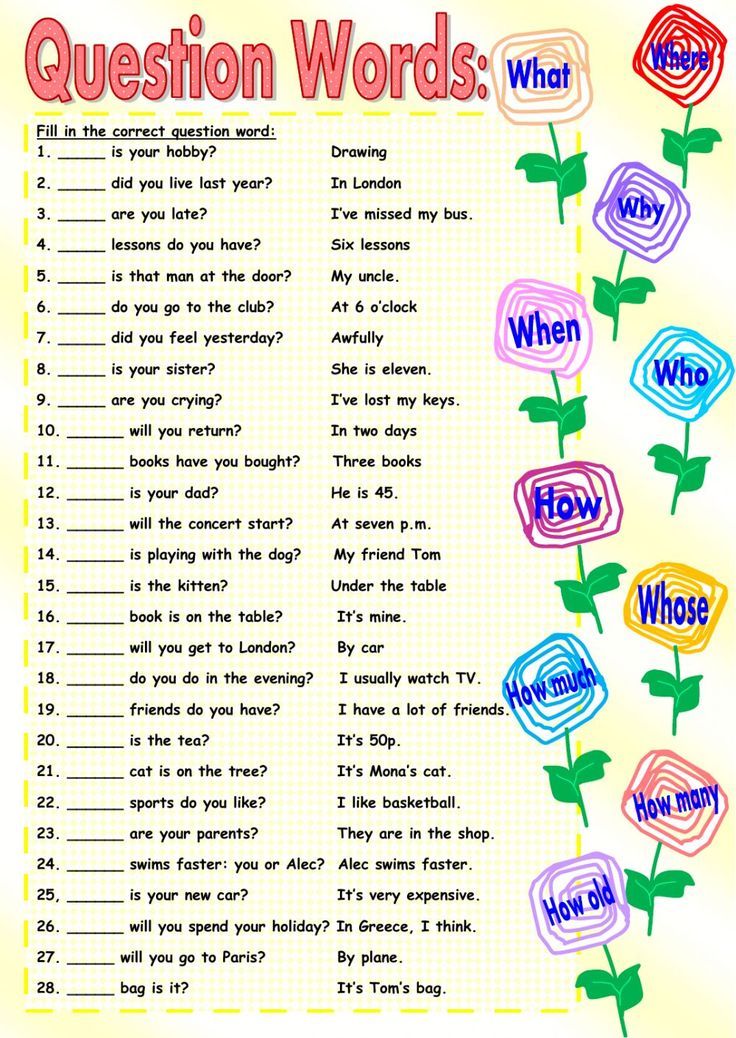 (This one’s a favorite at our house.)
(This one’s a favorite at our house.)
And there you have it! 25 low-prep ways to practice sight words!
YOU’LL LOVE OUR EDITABLE SIGHT WORD GAMES
Editable Reading Games for Every Season – MEGA PACK!
$24.00
Your students will ASK to practice their sight words when you start using this versatile set of sight word games! Simply type up to 12 words, and they’ll autofill into the 150 seasonal games.
Buy Now
Free Reading Printables for Pre-K-3rd Grade
Join our email list and get this sample pack of time-saving resources from our membership site! You'll get phonemic awareness, phonics, and reading comprehension resources ... all free!
Sharing is caring!
Filed Under: Reading, Sight words Tagged With: first grade, second grade, third grade, sight words, kindergarten
You May Also Enjoy These Posts:
Four-in-a-row games for ai and ay words
10 Vocabulary activities you can do with picture cards
Reader Interactions
Trackbacks
Words are actions.
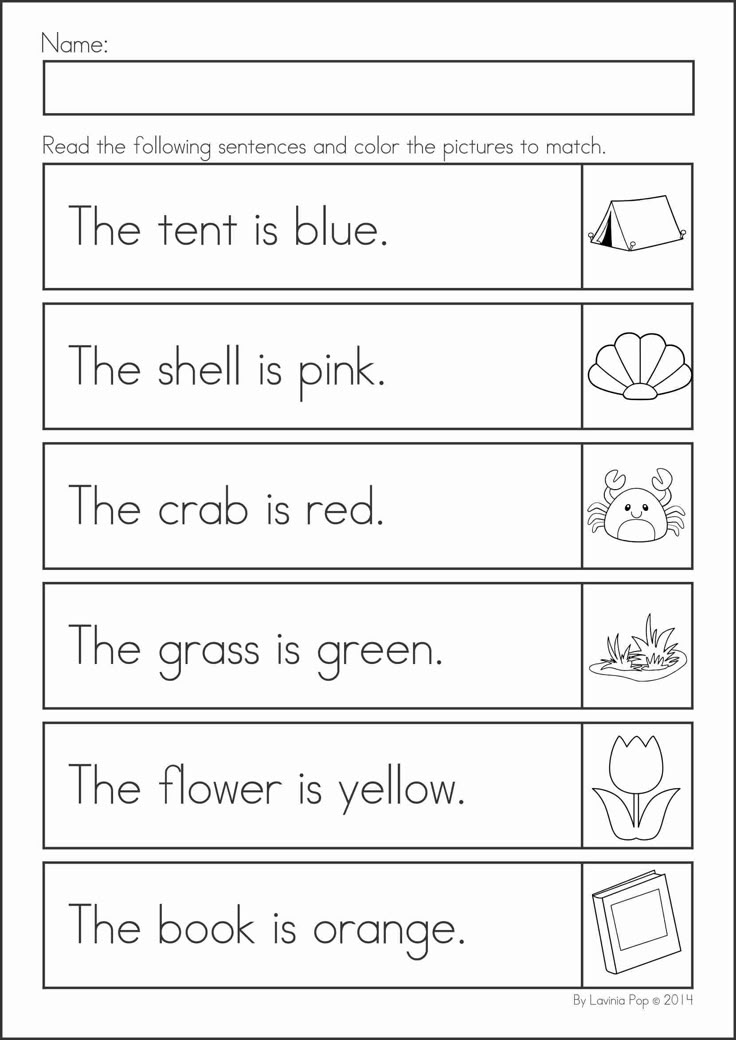 Without distorting the Word of God... Words are actions. Without distorting the Word of God...
Without distorting the Word of God... Words are actions. Without distorting the Word of God... WikiReading
Without distorting the Word of God…
John Beekman
Contents
Words - actions
Words belonging to this semantic class can be combined with words from classes of objects, abstractions, and also with other words denoting actions. Each of these types of combinations is subject to a separate study through appropriate questions. To find out which words from the class of objects can be combined with a given word, the researcher asks questions about all the participants in a certain action or event, which include: the subject of the action, its object, an indirect object, something that favors the event, etc. Thus , the set of questions should be something like this:
Who or what is doing this?
To whom or to what is this being done?
Who or what is it for?
What is it done with?[87]
You can't stop when you get one or two answers to the above questions.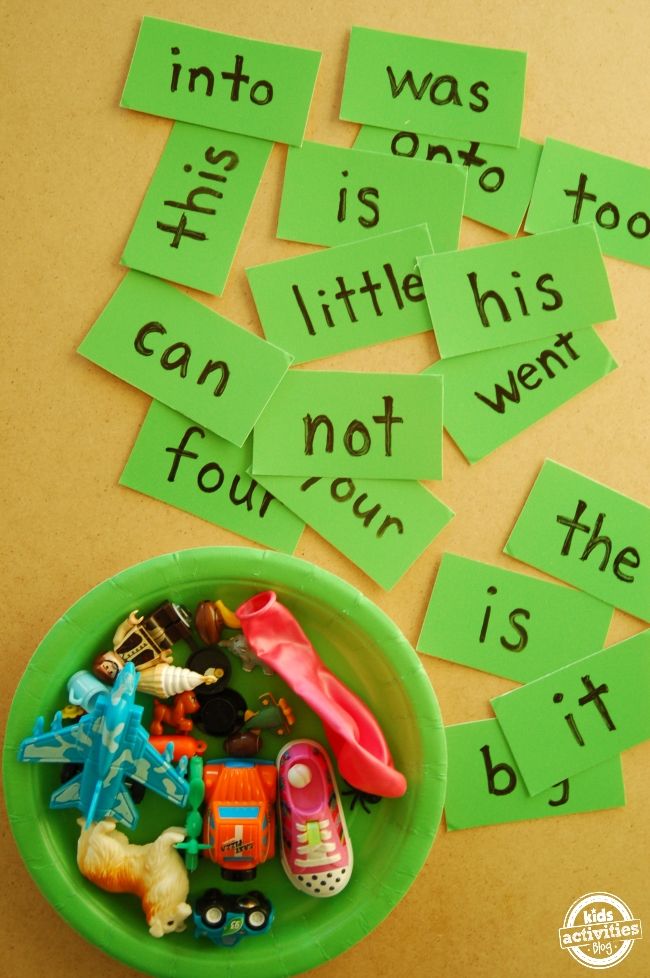 The researcher should try to get all the information possible, and not just what the respondent first thought of. If sufficient time is not devoted to such research (as, unfortunately, many do), this can lead to a misunderstanding of the word and, subsequently, to its misuse.
The researcher should try to get all the information possible, and not just what the respondent first thought of. If sufficient time is not devoted to such research (as, unfortunately, many do), this can lead to a misunderstanding of the word and, subsequently, to its misuse.
It should be taken into account that information about subjects-participants can be contained in words-actions implicitly, i.e. implicitly. For example, the sentence "he nodded" implicitly contains all the information about what the action was, since you can only nod your head. Similarly, the verbs "kick", "pinch" or "applaud" also contain information about how these actions are carried out.
Members of the class of abstract concepts, combined with the word - action, can carry information about various circumstances accompanying this action: time, place, degree of intensity, method of implementation, and also express various kinds of assessments, the attitude of the speaker, etc. Abstract concepts , correlated with time, can indicate the duration of the action, its speed and the frequency with which it occurs; correlated with space - the direction of movement of the participants in the action, their relative position, as well as the place of the action itself, its remoteness, etc.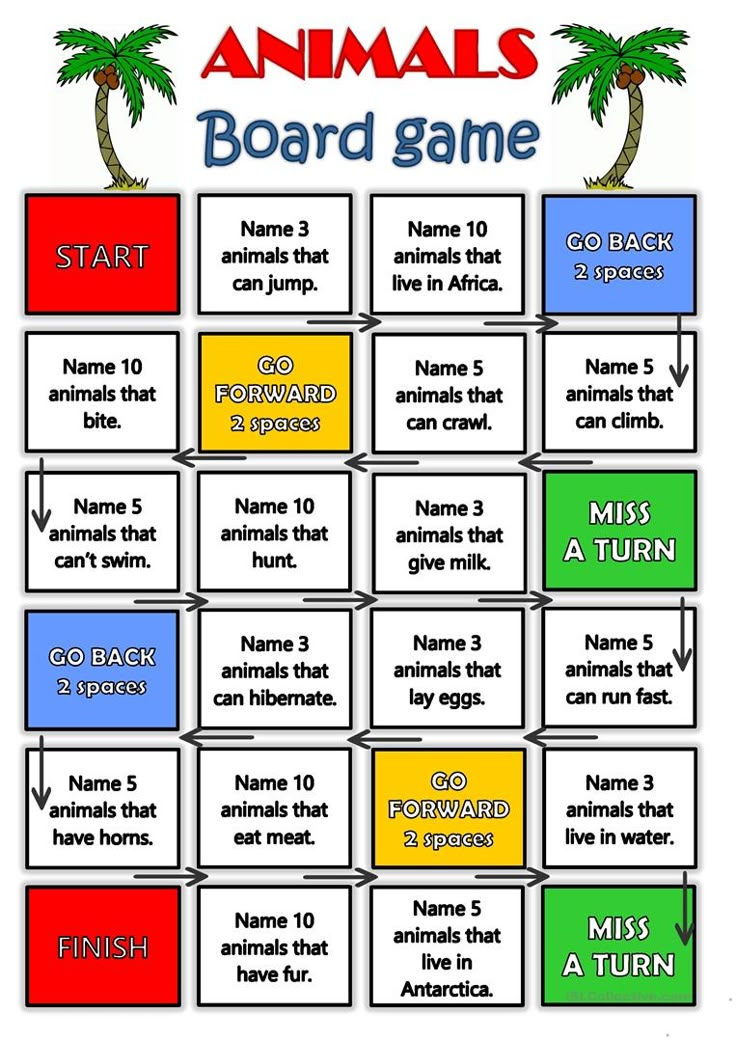 Here is an approximate list of questions on this topic:
Here is an approximate list of questions on this topic:
How long does it take/how long does it take to do this?
How often does this happen (occasionally, every day, constantly)?
Is it fast?
When does this happen?
In what direction does this or that move?
Where is this or that?
How far does this and that go?
Where does this happen?
What do people say about it?
How is it done?
Like concepts from an object class, abstract concepts can also be implicitly contained in action words. Thus, the verbs "look" and "stare" contain an implicit component of the duration of the action; an implicit indication of speed is present in the verbs "rush" and "crawl", and the verbs "ascend", "descend", "come" and "leave" have an implicitly expressed orientation. The place of action can also be present, for example, in the verbs "to swim" or "dig", and the verb "to travel" contains an implicit indication of spatial extent.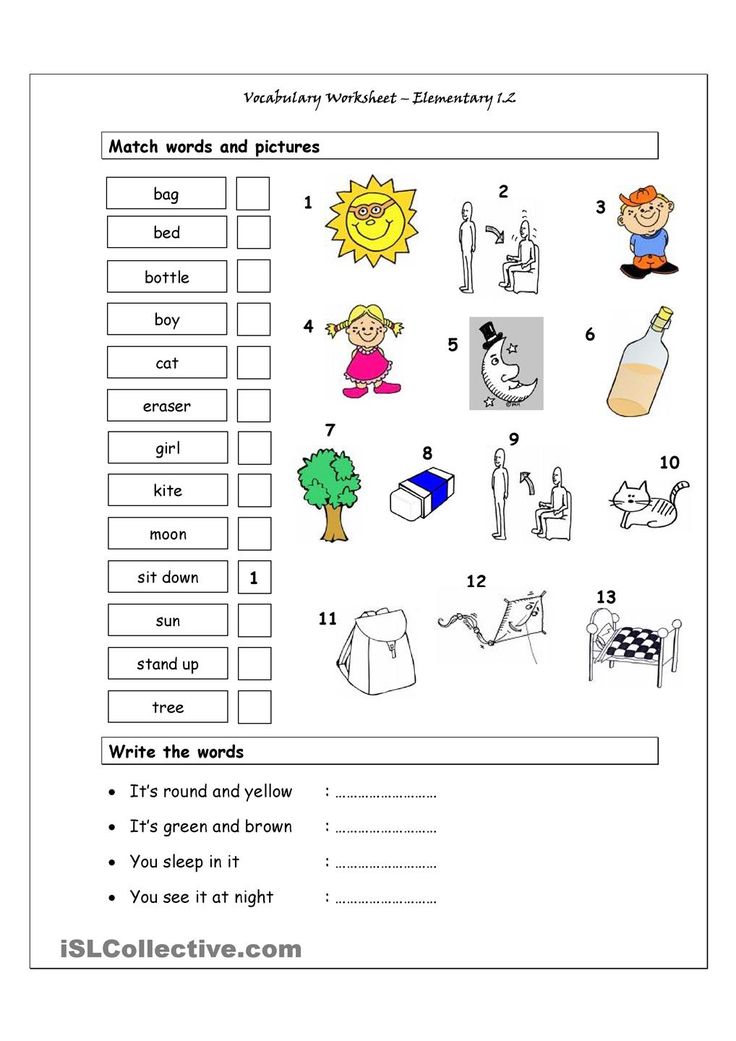
Often words-actions are combined with other words from the same class, and this area of their relationship also needs to be investigated. Actions can stand in a temporal relation to each other - one action can precede another, occur simultaneously with it or after it. In addition, chronologically separated actions can also be in a causal relationship - one of them can be the cause, condition, goal or result of another, and simultaneous actions can be subordinate consequences of some previous action. To clarify this kind of relationship, for example, the following questions may be helpful:
What causes this?
Why does this happen?
Why is this happening?
When does this happen?
How does this happen?
What happens at the same time?
What happens after that?
What is the result of this?
How can one say this differently?[88]
What is the opposite of this?[89]
Similarly, references to other phenomena can also be implicit in the word-action.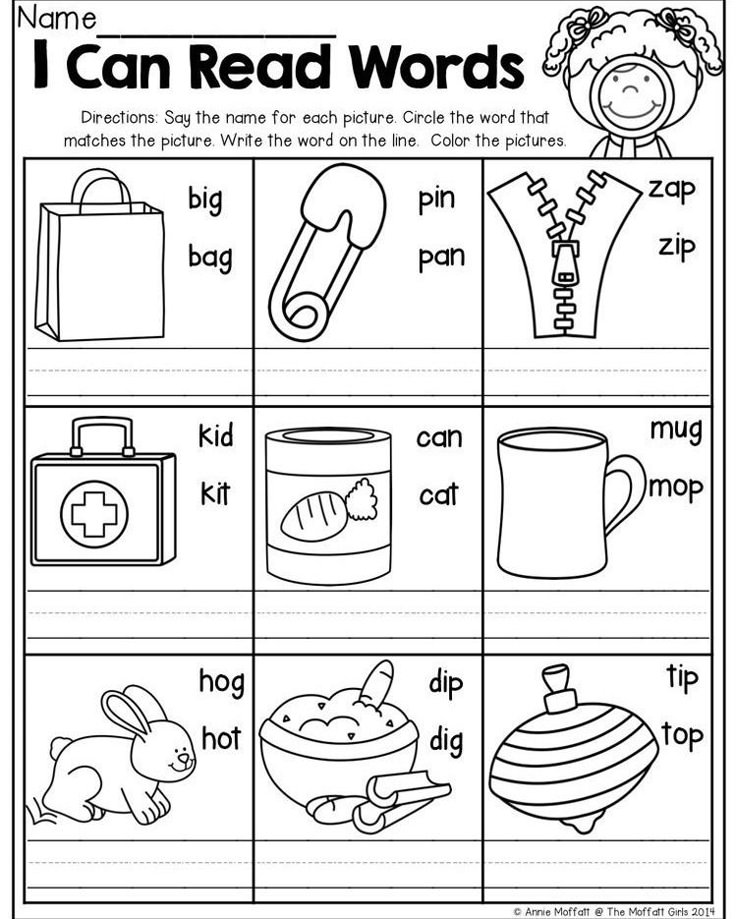 So, the verb "execute", in addition to the main meaning of "kill", contains implicit information about other actions related to this: "sentence", "judge" and "commit a crime", and the verb "curse" implies that there have been the actions "say" and "do something bad".
So, the verb "execute", in addition to the main meaning of "kill", contains implicit information about other actions related to this: "sentence", "judge" and "commit a crime", and the verb "curse" implies that there have been the actions "say" and "do something bad".
Actions
Actions Actions, in terms of their nature, are of two types: intentions and implementation. Intention precedes physical or verbal acts and is a factor of consciousness that gives impetus to action. Exercise is a physical or verbal act,
The words of God and the words of men
The words of God and the words of people It is about the correlation of the word from God and the word of man. God speaks His word, and obedience to Him turns into great success. When Israel speaks for itself, we hear murmurings, wailings, and murmurs of rebellion, and all this leads to
How are we to understand the words of Paul in Romans 10:13,14, and also the words of Jesus in John 17:6?
How are we to understand the words of Paul in Romans 10:13,14 and also the words of Jesus in John 17:6? Priest Athanasius Gumerov The name of God, inscribed in biblical texts in four letters (YHWH - tetragrammaton), was unpronounceable among the Jews (from what time, establish
15.
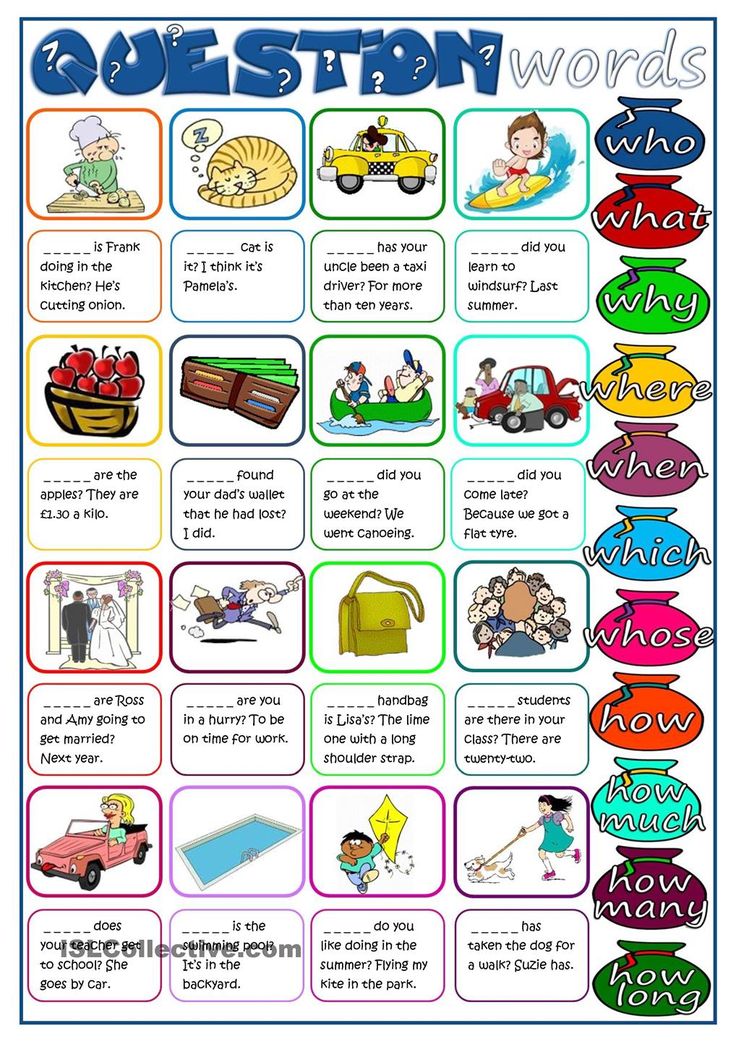 Ritual as a unity of fideistic action and word
Ritual as a unity of fideistic action and word 15. Ritual as a unity of fideistic action and word In ancient religions, the ritual was the main expression of the cult of a higher power, i.e. her veneration, deification, propitiation, worship to her, sacrifices. The main themes of the most ancient rituals are the creation of the cosmos
1. GOD OF ACTION
1. GOD OF ACTION In the eternity of the past, with the appearance of the personality of the Infinite Spirit, the divine personality cycle becomes perfect and complete. The God of Action appears, and the vast scene of space is ready for the colossal drama of creation - universal audacity -
A word that the pernicious effects of sin are so great that we cannot even see them in all their depth and vastness, but must, by the suggestion of the Word of God, reason and experience, assume that they are terribly destructive
The word that the pernicious effects of sin are so great that we cannot even see them in all their depth and vastness, but must, by the suggestion of the Word of God, reason and experience, assume that they are terribly destructive One of the pernicious properties of sin, as we noted before, is that
10.
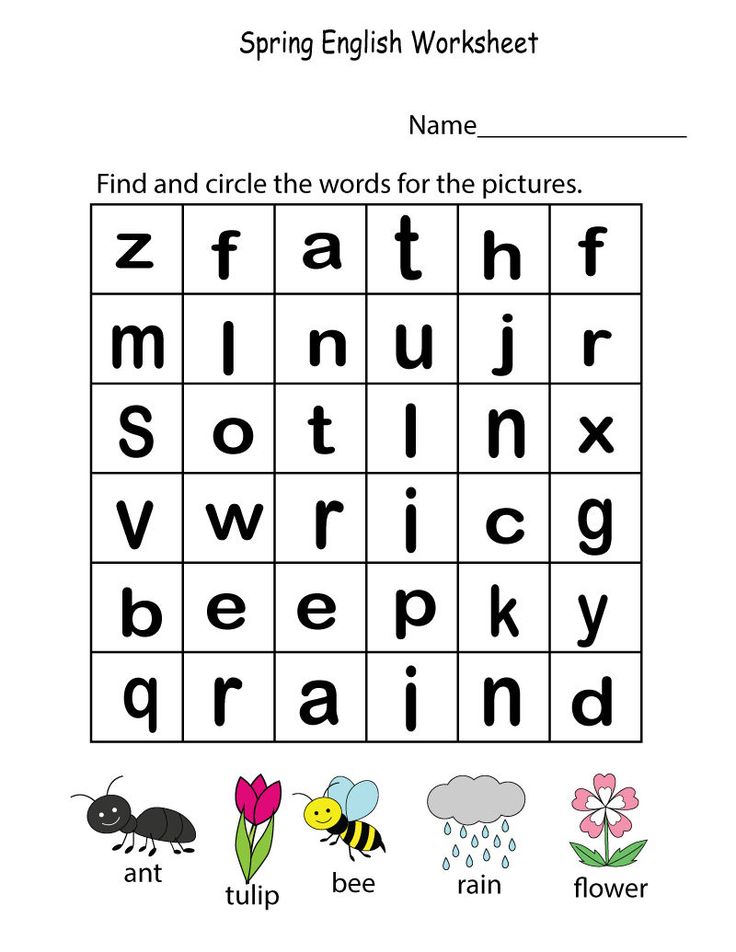 Ecclesiastes tried to find elegant sayings, and the words of truth are written by him correctly. 11. The words of the wise are like needles and like driven nails, and their compilers are from a single shepherd.
Ecclesiastes tried to find elegant sayings, and the words of truth are written by him correctly. 11. The words of the wise are like needles and like driven nails, and their compilers are from a single shepherd. 10. Ecclesiastes tried to find elegant sayings, and the words of truth are written by him correctly. 11. The words of the wise are like needles and like driven nails, and their compilers are from a single shepherd. The words of the wise are like needles and like driven nails. The Hebrew original is not talking about simple needles here,
Chapter 550: The words of Allah, the Exalted: “As for the one who gave, and was God-fearing…”[1071] (and the words of the angel): “O Allah, recompense the spender (your) means!”
Chapter 550: The words of Allah Almighty: "As for the one who gave, and was God-fearing ..."[1071] (and the words of the angel): "O Allah, recompense the spending (your) means!" 691 (1442).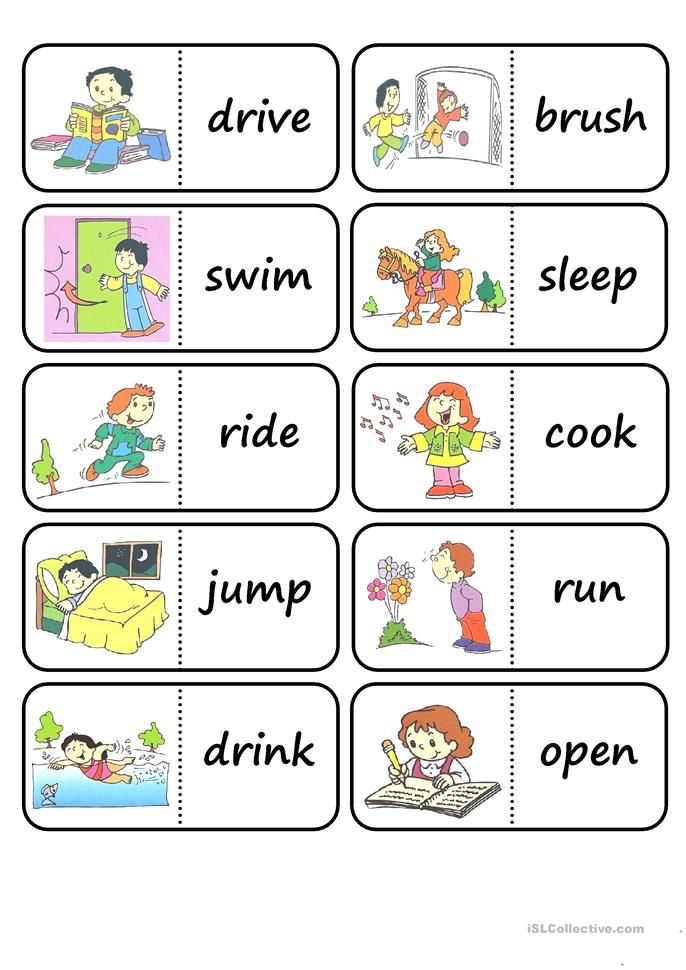 Narrated by Abu Hurayrah, may Allah be pleased with him, that the prophet, may Allah bless him and
Narrated by Abu Hurayrah, may Allah be pleased with him, that the prophet, may Allah bless him and
Chapter 1026 - About the one who spoke Persian and incomprehensibly spoke Arabic; the words of Allah Almighty: “And from His signs - ... that there are differences among you in language and color (skin) ...” [2026], and His words: “And We sent (as) a messenger only to him (who could instruct people) in their own language into
Chapter 1026: About the one who spoke Persian and spoke Arabic incomprehensibly; the words of Allah Almighty: “And from His signs - ... that there are differences between you in language and color (skin) ...” [2026], and His words: “And We sent (as) a messenger only to him (who could instruct people) at
Chapter 1063: The words of the Almighty: “And inform them about the guests of Ibrahim”[2230], and other words of the Almighty: “Ibrahim said: “Lord! Show me how You revive the dead”” [2231] .

Chapter 1063: The words of the Almighty: “And tell them about the guests of Ibrahim”[2230], and other words of the Almighty: “Ibrahim said: “Lord! Show me how You revive the dead”” [2231]. 1355 (3372). Narrated by Abu Hurayrah, may Allah be pleased with him, that the Messenger of Allah, bless him
Chapter 1235: The Words of the Almighty: “And do not say (the words of) your prayer either (too) loudly or (too) quietly”[2870] .
Chapter 1235: The words of the Almighty: “And do not say (the words) of your prayer either (too) loudly or (too) quietly”[2870]. 1672(4722). It is reported that about the words of the Almighty “And do not say (the words) of your prayer either (too) loudly or (too) quietly” Ibn ‘Abbas, may Allah be pleased with both of them,
Chapter 1238: The words of the Almighty: “As for those who accuse their wives (of infidelity), having no witnesses (who would confirm) their (words) except themselves, then let each of (such) swear by Allah four times in that he really belongs to the (number of) truthful ones.
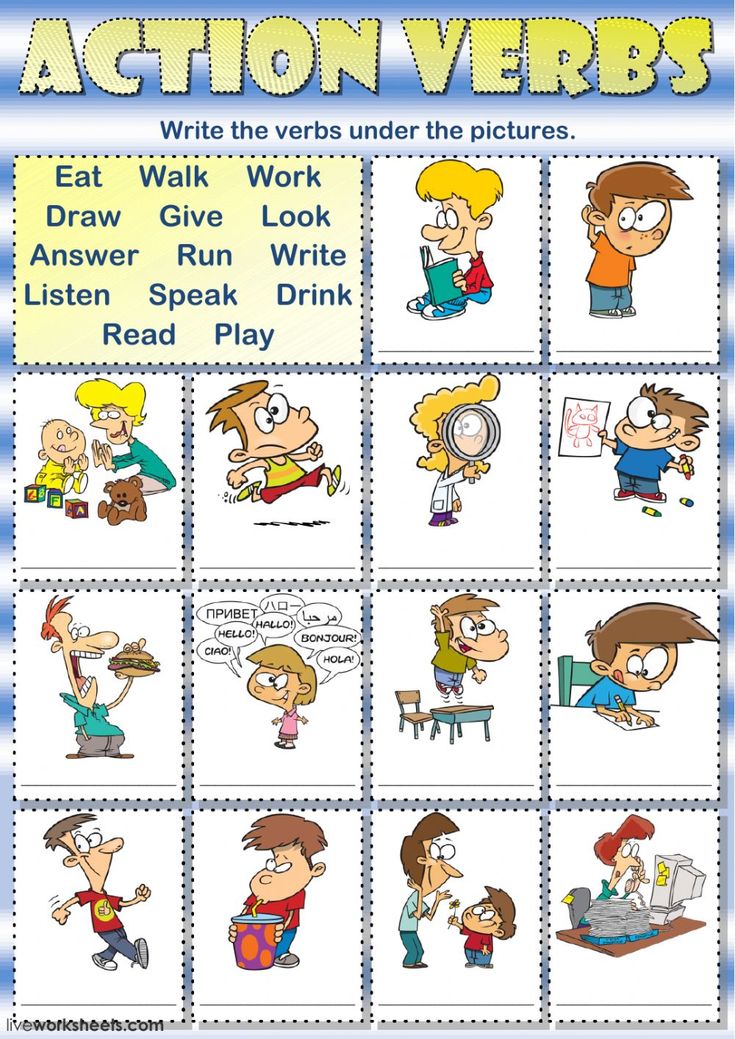
Chapter 1238: The words of the Almighty: “As for those who accuse their wives (of infidelity), having no witnesses (who would confirm) their (words) except themselves, then let each of (such) swear by Allah four times that it really refers to (number)
Chapter 1518 (On the need to) watch your tongue. The words of the Prophet (peace and blessings of Allaah be upon him): “Let the one who believes in Allah and the Last Day speak good or be silent,” and the words of the Almighty: “He will not utter (a person) even a word, so that (he who is not written down) nearby not sleeping with him
Chapter 1518: (On the need to) watch your tongue. The words of the Prophet (peace and blessings of Allaah be upon him): “Let the one who believes in Allah and the Last Day speak good or be silent”, and the words of the Almighty: “He will not utter (a person) even a word, so that (he who is not written down)
Chapter 1602: The words of the Almighty: ".
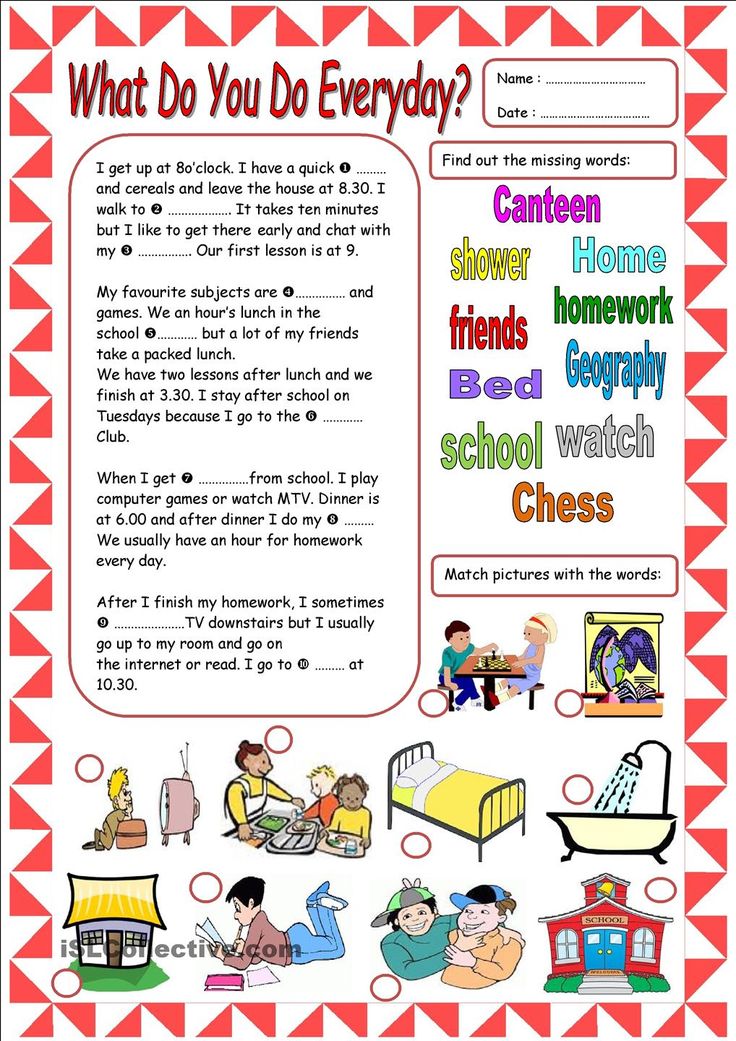 .. and He is the Almighty, the Wise"[3465] , and the words of the Almighty: "Glorified is your Lord, the Lord of majesty, (He is higher) than what is attributed to Him!" [3466] , and His words: "... and the glory belongs to Allah and His messenger" [3467] .
.. and He is the Almighty, the Wise"[3465] , and the words of the Almighty: "Glorified is your Lord, the Lord of majesty, (He is higher) than what is attributed to Him!" [3466] , and His words: "... and the glory belongs to Allah and His messenger" [3467] . Chapter 1602: The words of the Most High: "... and He is the Almighty, the Wise"[3465], and the words of the Most High: "Glorified is your Lord, the Lord of Majesty, (He is higher) than what is attributed to Him!"[3466], and His words: "... and Glory belongs to Allah and His Messenger.”[3467] 2127 (7383). Narrated from the words of Ibn ‘Abbas, let there be
Chapter 1603: The words of the Almighty: "Allah warns you against Himself[3468] ..." and the words of Allah the Almighty: "You know what is in my soul, but I do not know what (hidden) in Yourself" [3469] .
Chapter 1603: The words of the Almighty: “Allah warns you against Himself[3468]…” and the words of Allah the Almighty: “You know what is in my soul, but I do not know what (hidden) in Yourself”[3469].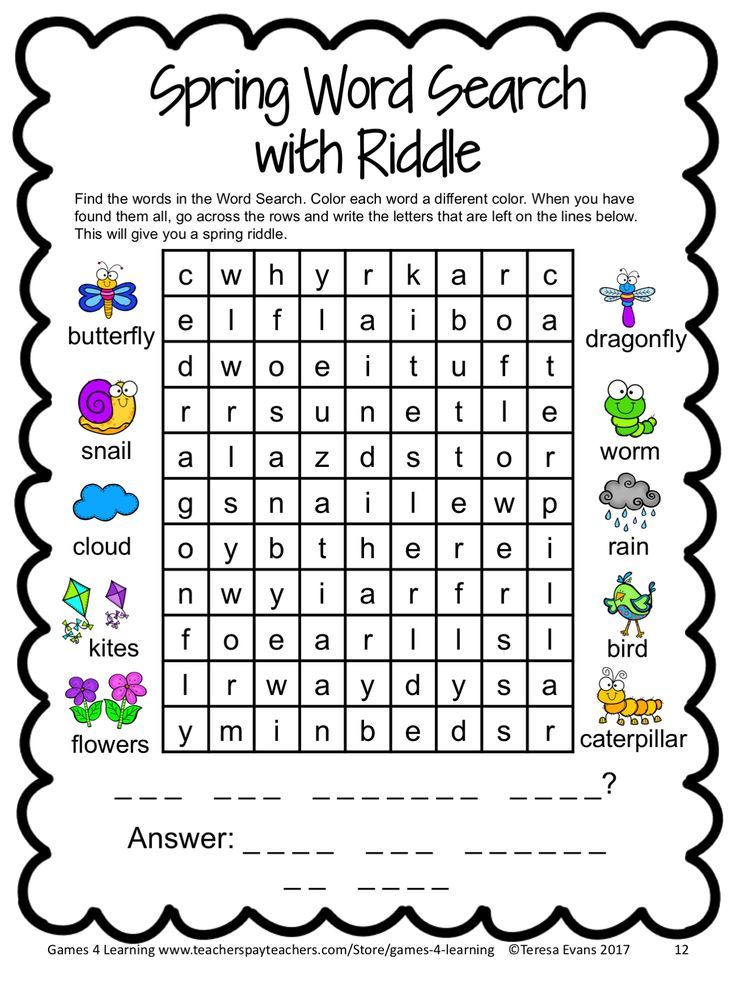 2128 (7404). Narrated by Abu Hurayrah, may Allah be pleased with him, that the prophet, may Allah bless him
2128 (7404). Narrated by Abu Hurayrah, may Allah be pleased with him, that the prophet, may Allah bless him
Lesson summary "Words - objects. Words
Municipal budgetary educational institution
"Terentyevskaya secondary school"
Prokopevsky district of the Kemerovo region
Lesson summary in the Russian language
topic:
"Words-objects. Words-actions”
prepared by
primary school teacher
Skoda Lyubov Vladimirovna
Topic: “Words-objects. Words-actions”
Purpose of the lesson: to introduce and expand students' knowledge of words-
objects and action words.
Lesson objectives:
Educational:
• to form an idea about words-objects and words-actions;
• learn to ask questions who? what? to words-objects and questions what does
do? what will they do? to words-actions;
• to form the ability to distinguish words that answer the questions Who?
What?;
• introduce the schematic representation of words-objects and words-
actions;
Developing:
- to develop children's cognitive activity, interest, ability to observe,
to compare, generalize and draw conclusions.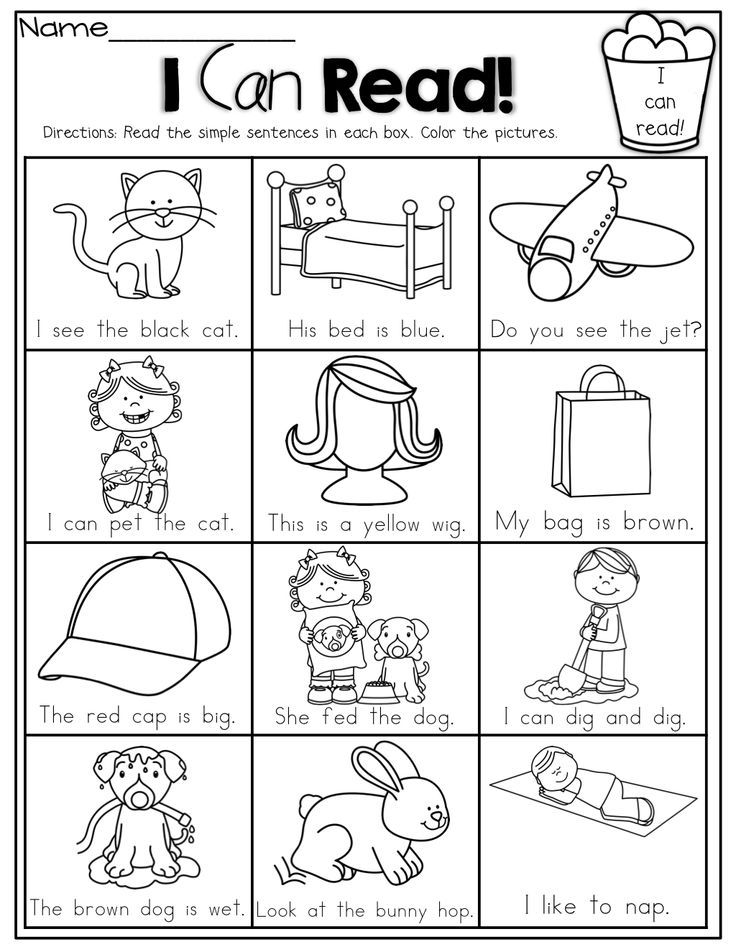
Educational tasks of the lesson:
• to cultivate accuracy and diligence.
Equipment: textbook, workbook “Russian language, grade 1 – N.A.
Churakova, E.R. Golfman, presentation “Words-objects. Action Words”,
task cards, audio recordings.
Lesson in progress.
I. Organizational moment. (slide number 2)
The bell rang for us!
Everyone calmly entered the classroom.
Everyone got up nicely at their desks,
Greeted politely.
And they sat down quietly.
II. Introduction to the chapter
Open the textbook to page 14
- Read the title of the chapter we are starting to study.
(“Misha and Masha get acquainted with the world of words.”)
- How is the beginning of the lesson indicated? (Blue vertical stripe with butterfly.)
- Why is the butterfly alone? (This is the first lesson on the topic.)
- How many lessons on this topic are there in the textbook? (4 lessons)
- How did you guess? (On the blue strip, instead of a butterfly, a bird appeared
, which means the first lesson of another topic.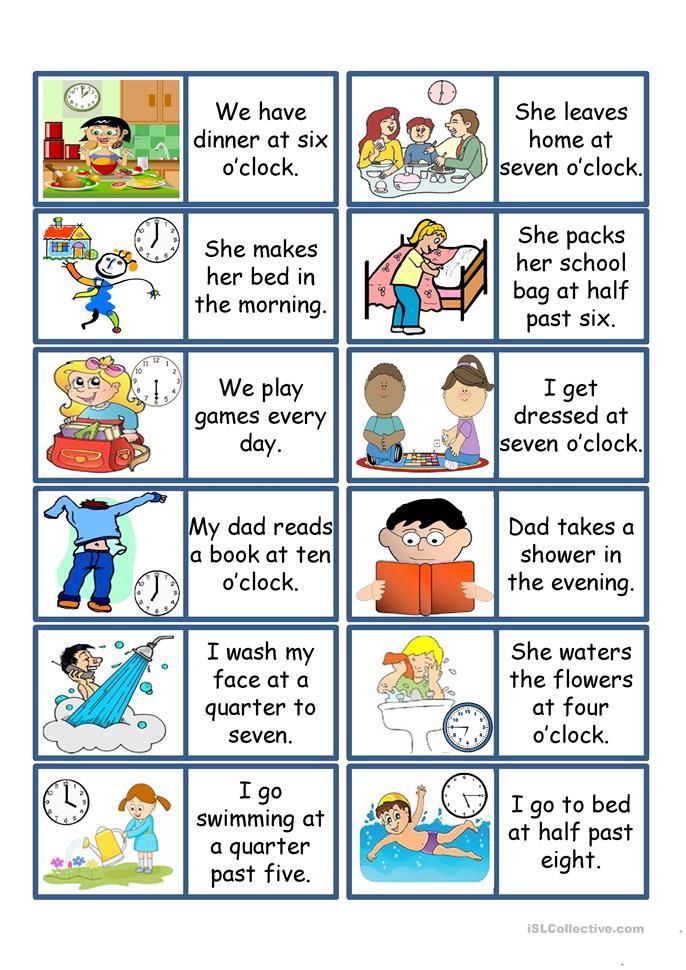 )
)
- Look at the table of contents. What page does the third chapter start on? Is
really true?
( Yes, on page 14.)
III. Calligraphy.
Hand exercises. (slide number 3)
We will weave our fingers,
We will stretch out our hands later.
The fingers will arch a little -
Don't forget to relax them.
- Read the letters written on the board. (A, b, c, d)
- What letter should be written after the letter “g”? (D)
- How did you guess? (The letters are written alphabetically.)
- Which letter in the row is “extra”? Why? (The letter “a” stands for a vowel
sound.)
- What do the remaining letters have in common? (They represent consonant sounds.)
- What syllables can be formed from these letters? (ba, va, ha)
- Think of words that have these syllables.
(grandmother, chimney, cow, garage, etc.)
Introduction to the topic of the lesson: (slide number 4)
Teacher: Guys, look carefully at the pictures.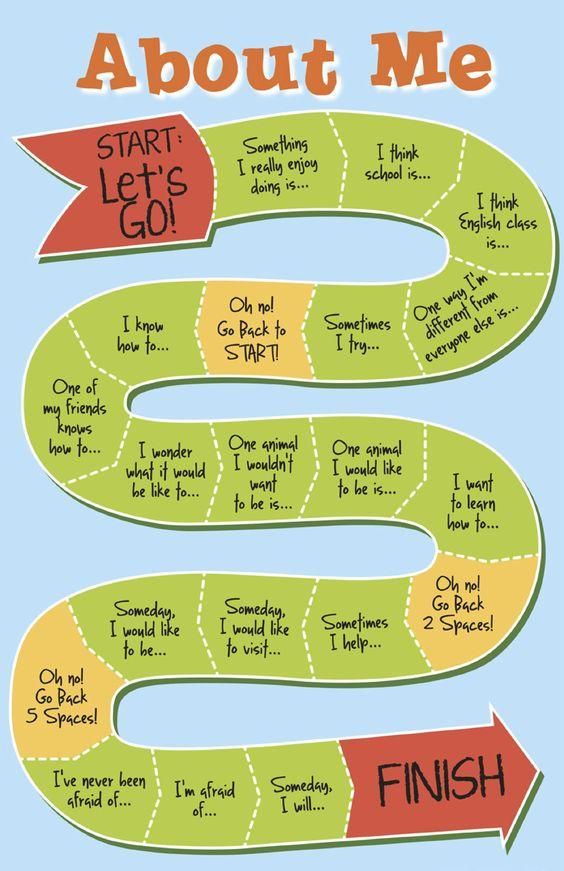 What objects do you
What objects do you
see?
Children answer the question.
Teacher: Let's compare the pictures about gnomes, name the objects
shown in the pictures.
Children find comparisons in pictures and name objects.
The teacher writes on the blackboard.
First picture
Second picture
Log
Log
Sweater
Sweater
The stage of asking a question.
Teacher: Guys, are the pictures the same?
Children: No. In the first picture, the dwarf is sawing, in the second, the dwarf is chopping.
Teacher: What does the first word say?
Children: The word gnome refers to a living object.
Teacher: Can an inanimate object name a word-object? If yes,
give an example
Children: Maybe a tree, a pipe, an axe, etc.
Teacher: That is, the word-object can denote living and non-living
objects.
And what does the second word name?
Children: The second word says that the gnome saws, cuts.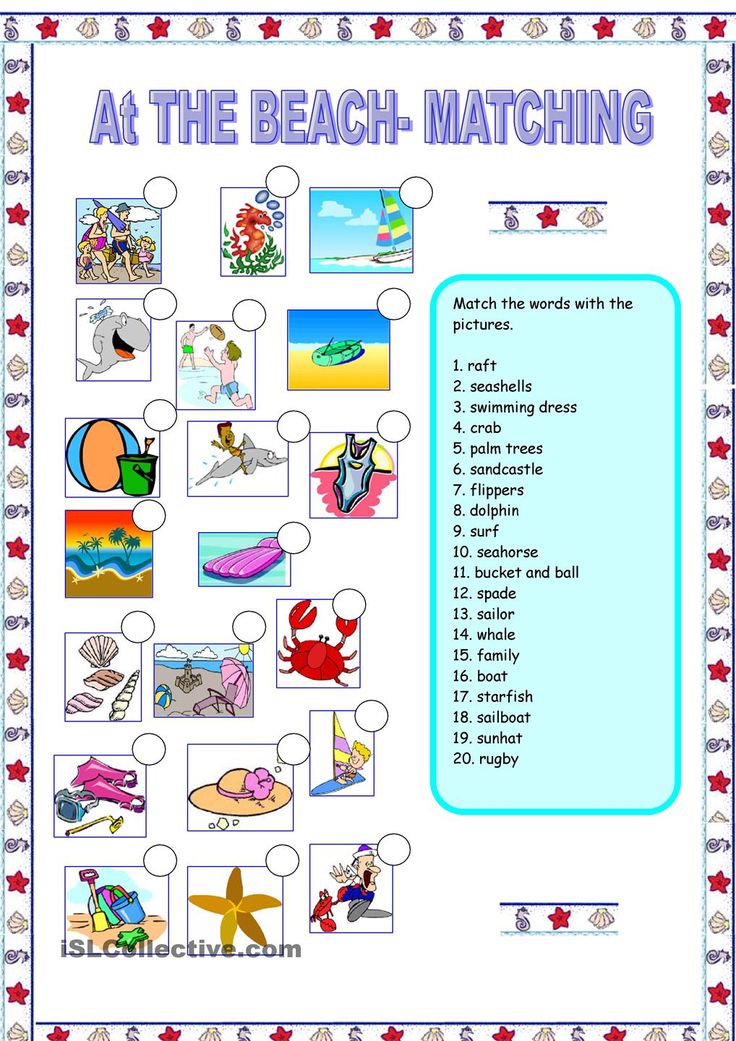
Teacher: That is, these are action words.
Let's try to formulate the theme of our lesson. What words are we talking about
were you just being told? (About words-objects and words-actions)
Guys, indeed, the topic of our lesson is called Words-actions and
Words-objects.
What then is the purpose of the lesson?
Work in the textbook exercise 1
Words-objects answer the questions WHO? WHAT? - the question to the word object
is asked from that sign - is this object alive or not alive. If the object is alive
, then the question is - WHO?
If an inanimate object is a question - WHAT? (slide number 5)
ACTION WORDS answer questions WHAT DOES IT DO? (if only one object performs the action
) and WHAT ARE THEY DOING? (if actions
perform several objects at once) (slide No. 6)
Teacher: How can we denote the word-object and the word-action?
(STUDENTS' SUGGESTIONS)
Teacher: In Russian, these words are called different things and came up with two
different icons.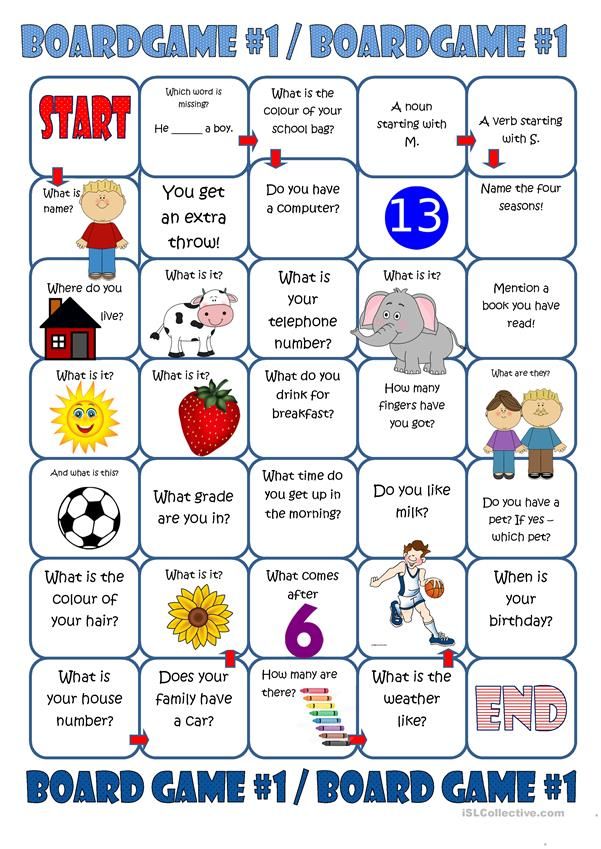
(slide №7) (slide №8)
Words - objects Words - actions
VI. Consolidation of the studied material.
1. Card work.
Pupils work in groups:
1st row names words-objects with a question;
2nd row - action words with a question.
Card 1. (slide №9)
It is raining heavily. Marat is doing homework. Alina draws a doll. Misha cleans
teeth. The doctor treats the sick. The driver drives the car.
Card 2. (slide №10)
A green grasshopper jumped. Yellow rye. The stream gurgled. Chirped lively
magpie. Dew glittered on the flower.
PHYSICAL MINUTE
2. Work on a notebook. Exercise 1, p.6.
Figures 1-2 - by option; figures 3-4 - with comments; figure 5 -
yourself.
Exercise 2. p.7 (independent performance of the task)
What words-actions answer the question what will I do? (I'll stomp, I'll call)
What words-actions answer the question what will they do? (They will fly in, bark,
howl, knock, give, backfire)
- Find an extra word in each line and name it.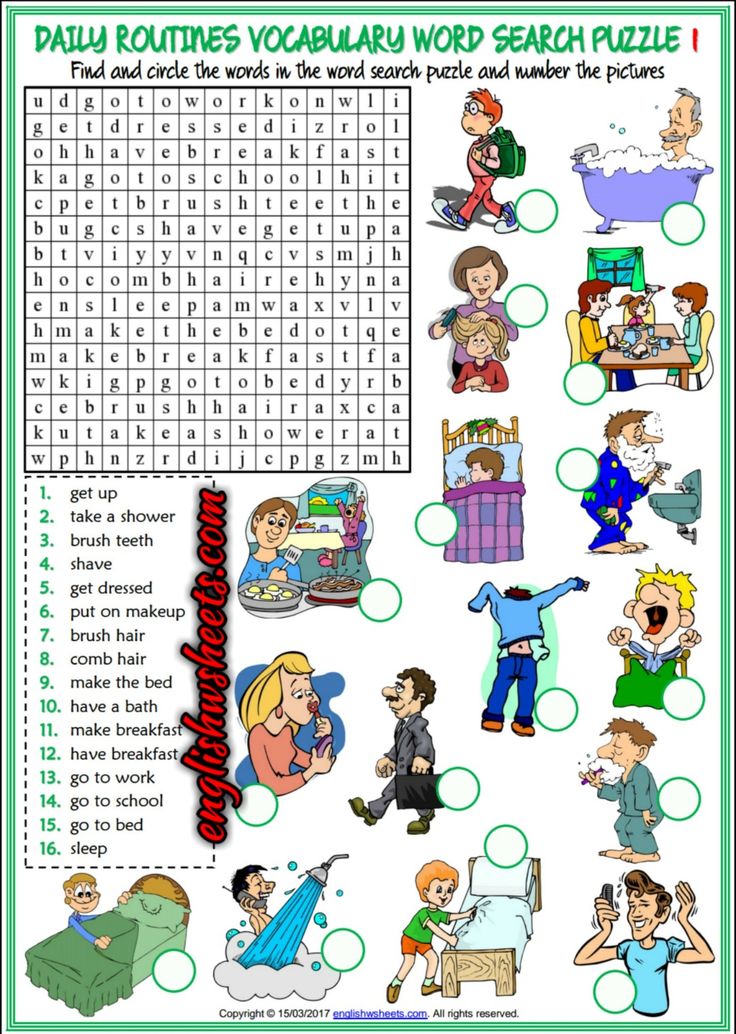 (slide №11)
(slide №11)
• Tape, song, buzzing, cranberries.
• Picked up, pipe, sits, builds.
• Marine, red, fast, book.
- Connect pairs of words with arrows according to their meaning. (slide №12)
WHAT IS IT DOING?
Boy
jumping
hammering
reading
VII. Summary of the lesson.
Today we got acquainted with the world of words
- What words did you learn? (words-objects, words-actions.)
- What questions do word-objects answer? How are they marked on the diagram?
- What questions do words-actions answer? How are they marked on the diagram?
Guys, we have reached the goal of our lesson.
This concludes our lesson. Thank you for your attention. (slide №13)
References:
1. Churakova N.A. Russian language. Grade 1: Textbook, - M .:
Academic book / Textbook.
2. Golfman E.R. Notebook for independent work. 1 class. — M.:
Academic book/Textbook.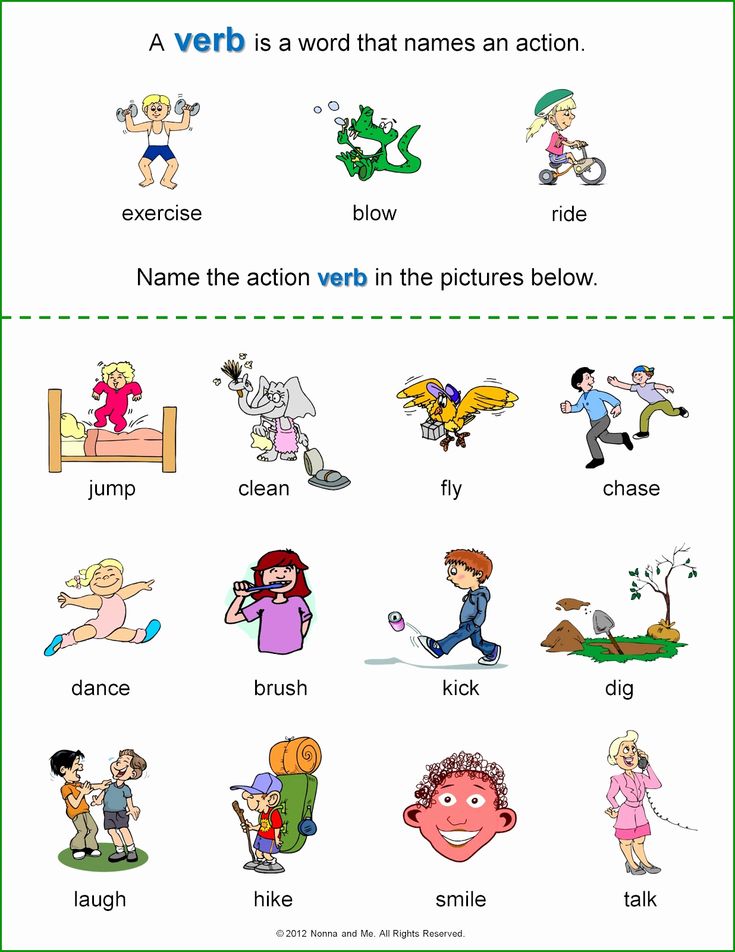
3. Churakova N.A., Golfman E.R. Russian language. Grade 1-4: Methodical
manual. - M .: Akademkniga / Textbook.
Card 2. A green grasshopper was jumping
. Yellow rye. Murmured
stream. A lively magpie chirped.
Dew shone on the flower.
Card 2. A green grasshopper was jumping
. Yellow rye. Murmured
stream. A lively magpie chirped.
Dew shone on the flower.
Card 2. A green
grasshopper jumped. Yellow rye. Murmured
stream. A lively magpie chirped.
Dew shone on the flower.
Card 2. A green grasshopper was jumping
. Yellow rye. Murmured
stream. A lively magpie chirped.
Dew shone on the flower.
Card 2. A green grasshopper was jumping
. Yellow rye. Murmured
stream. A lively magpie chirped.
Dew shone on the flower.
Card 1. It is raining heavily.
Marat does his homework. Alina draws
a doll.